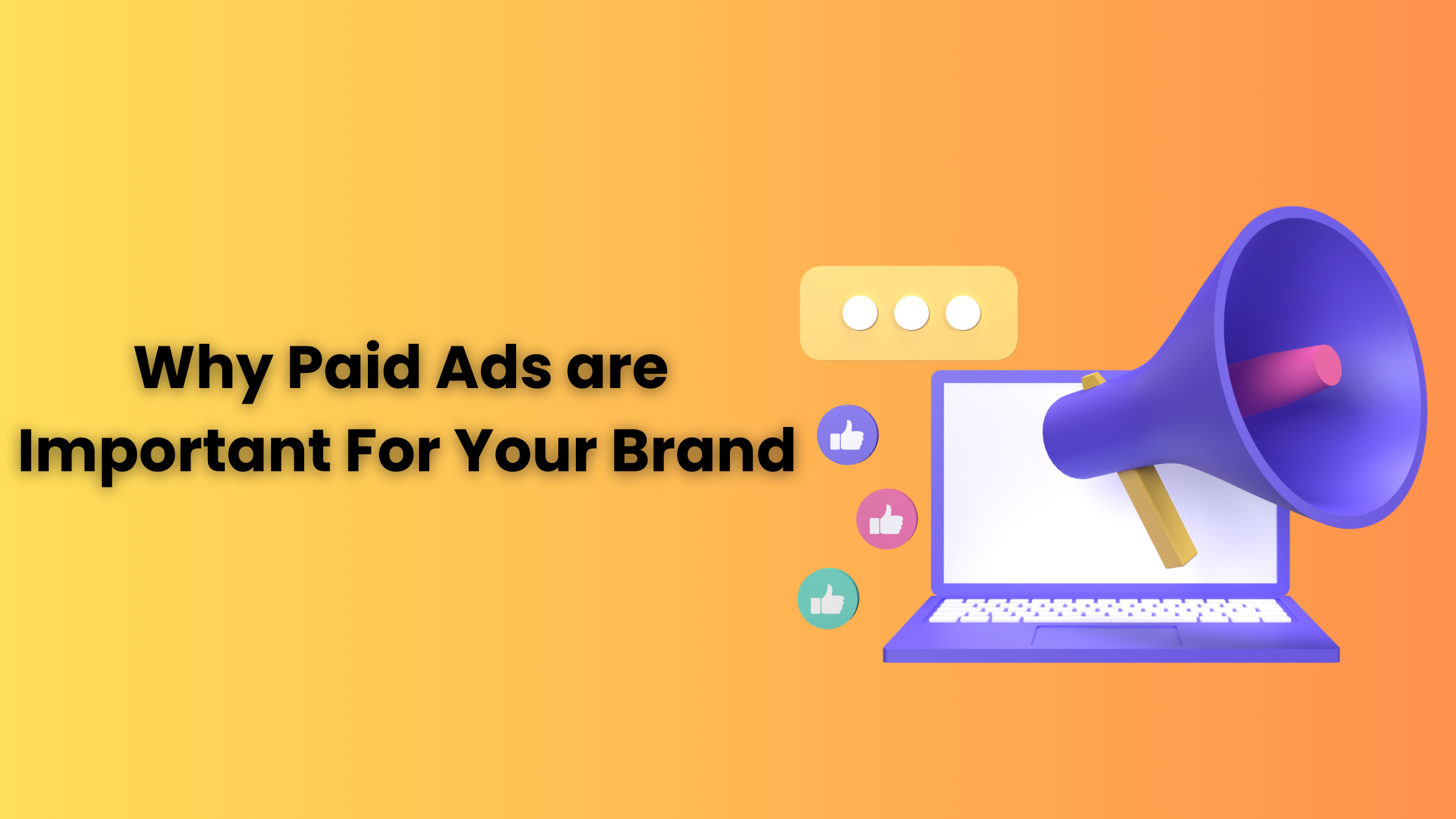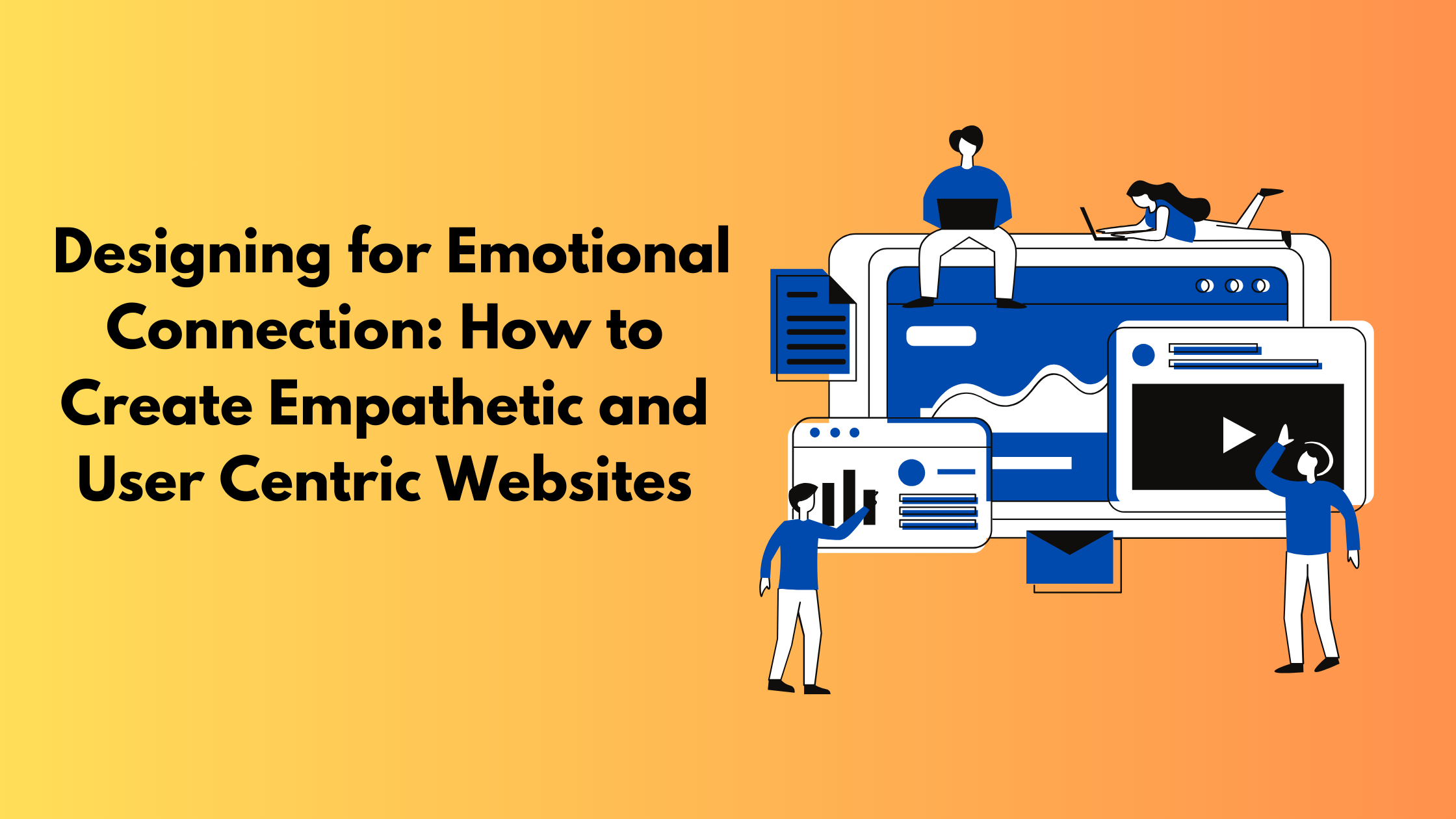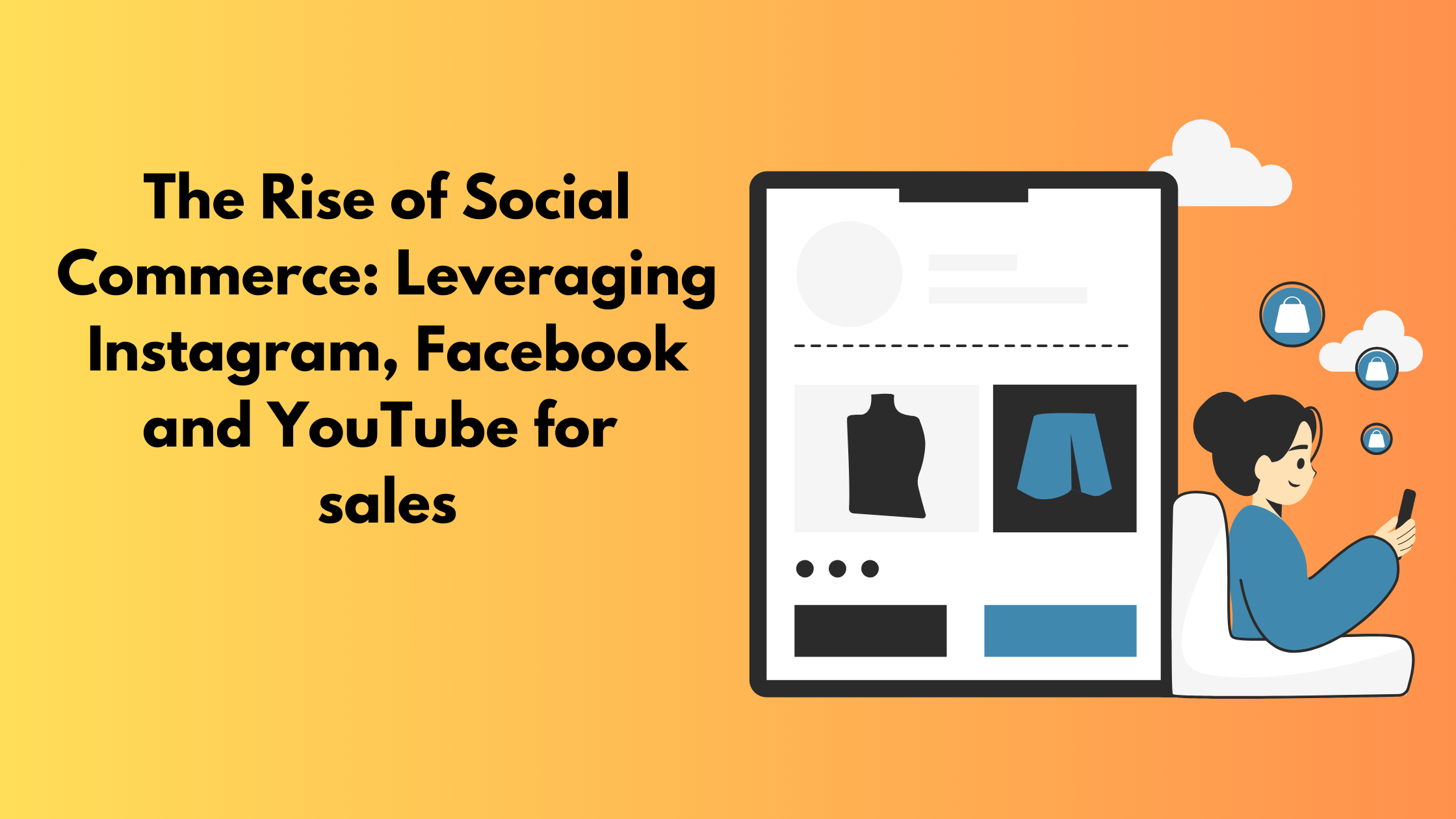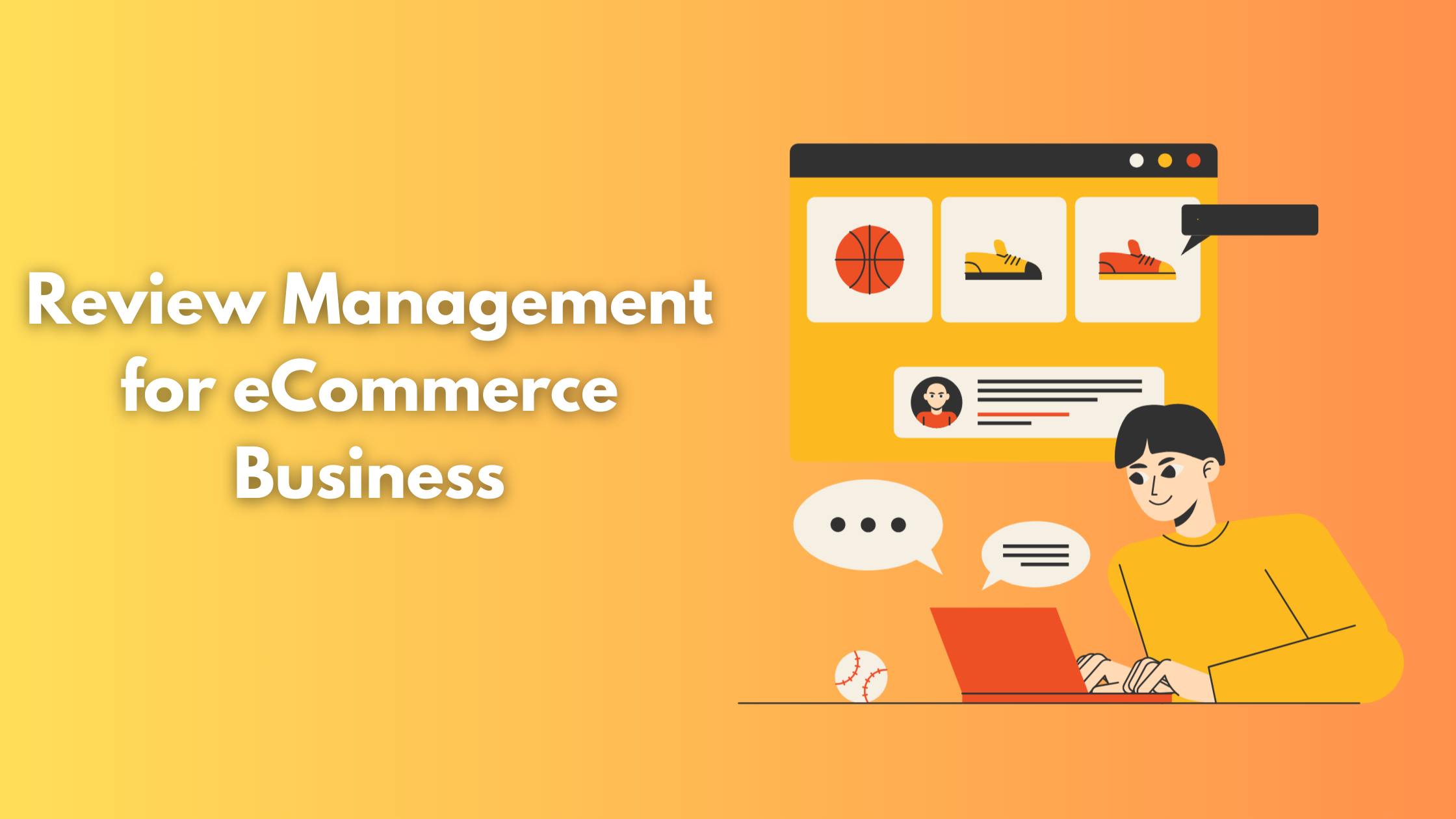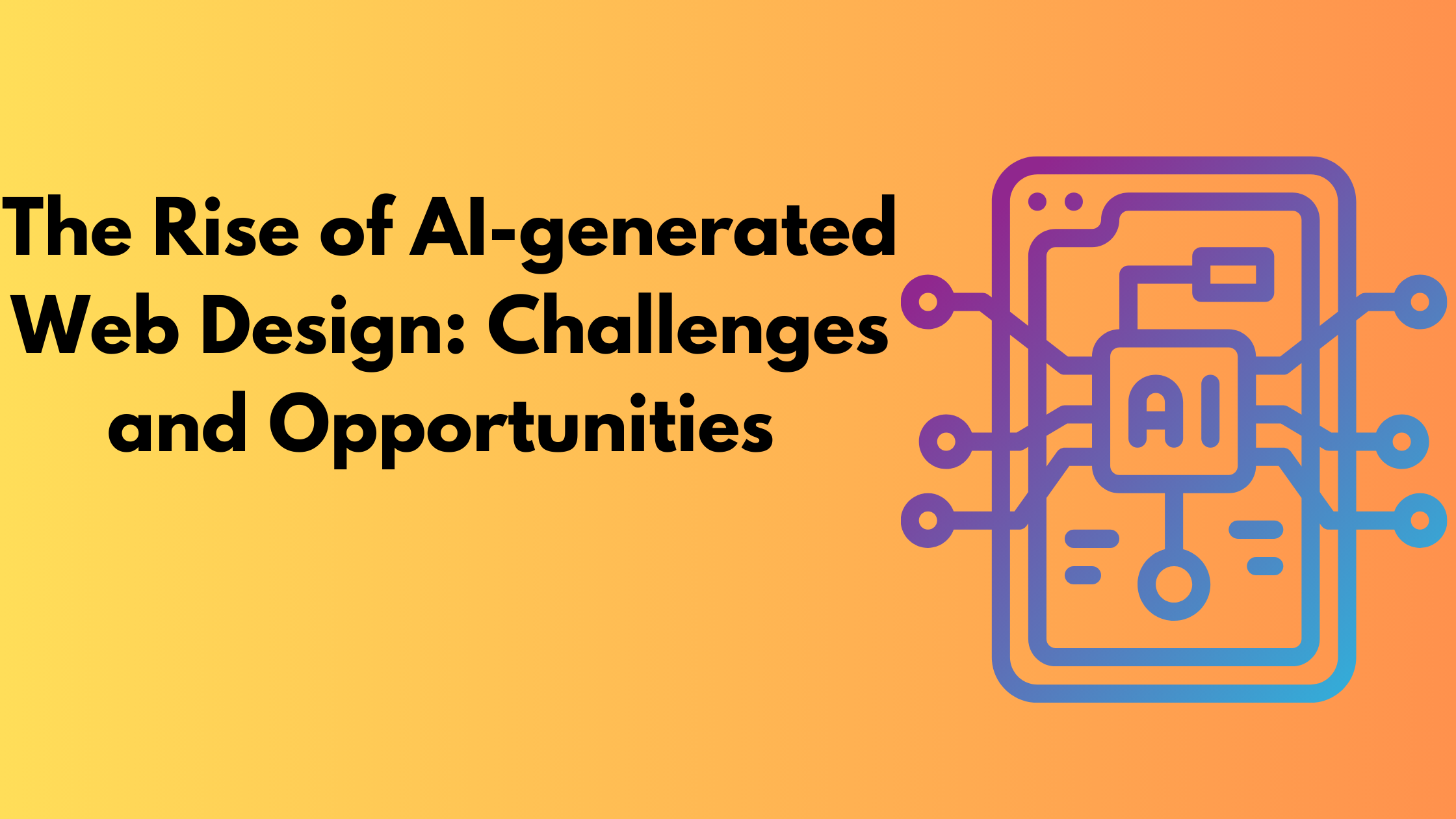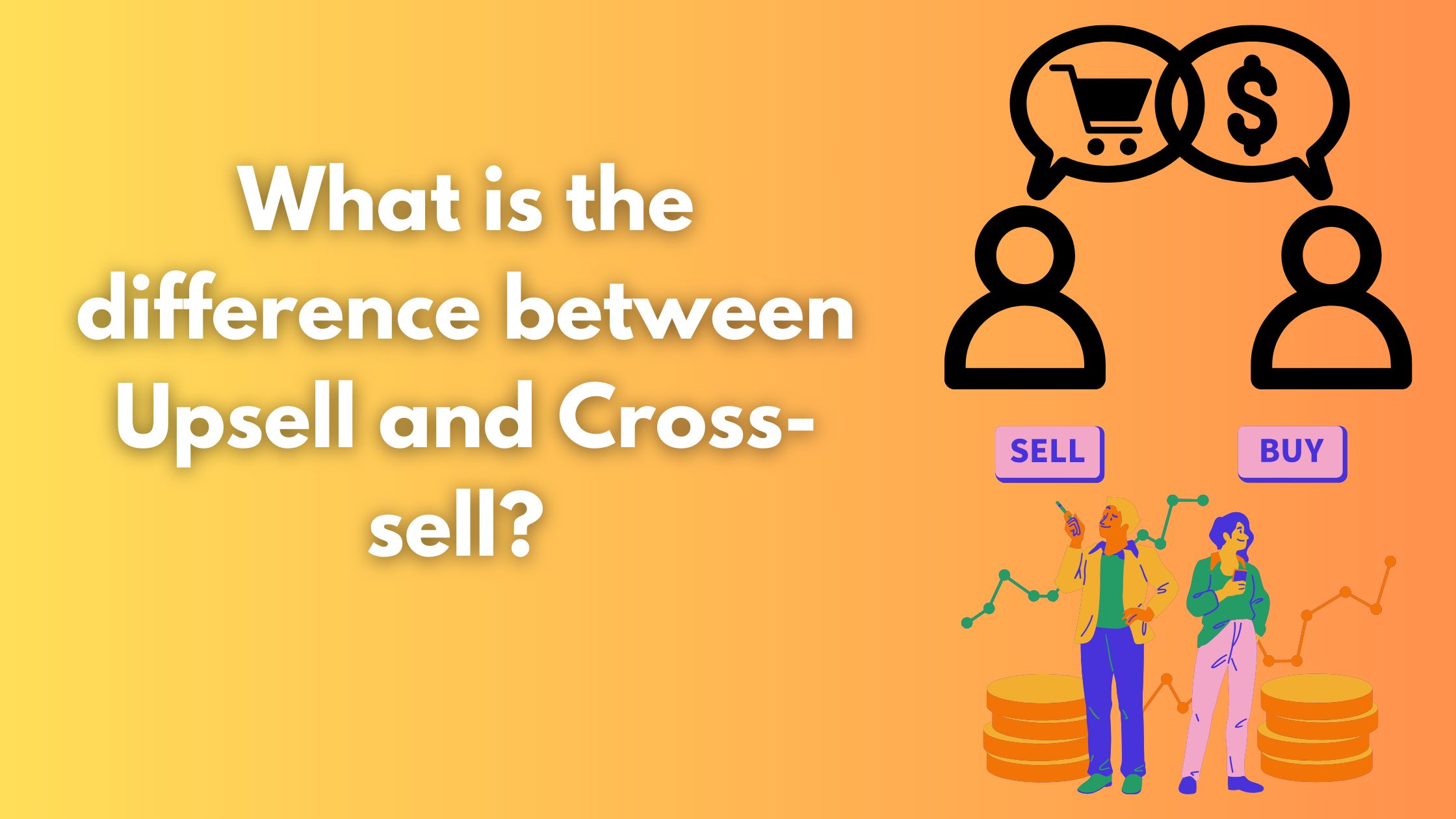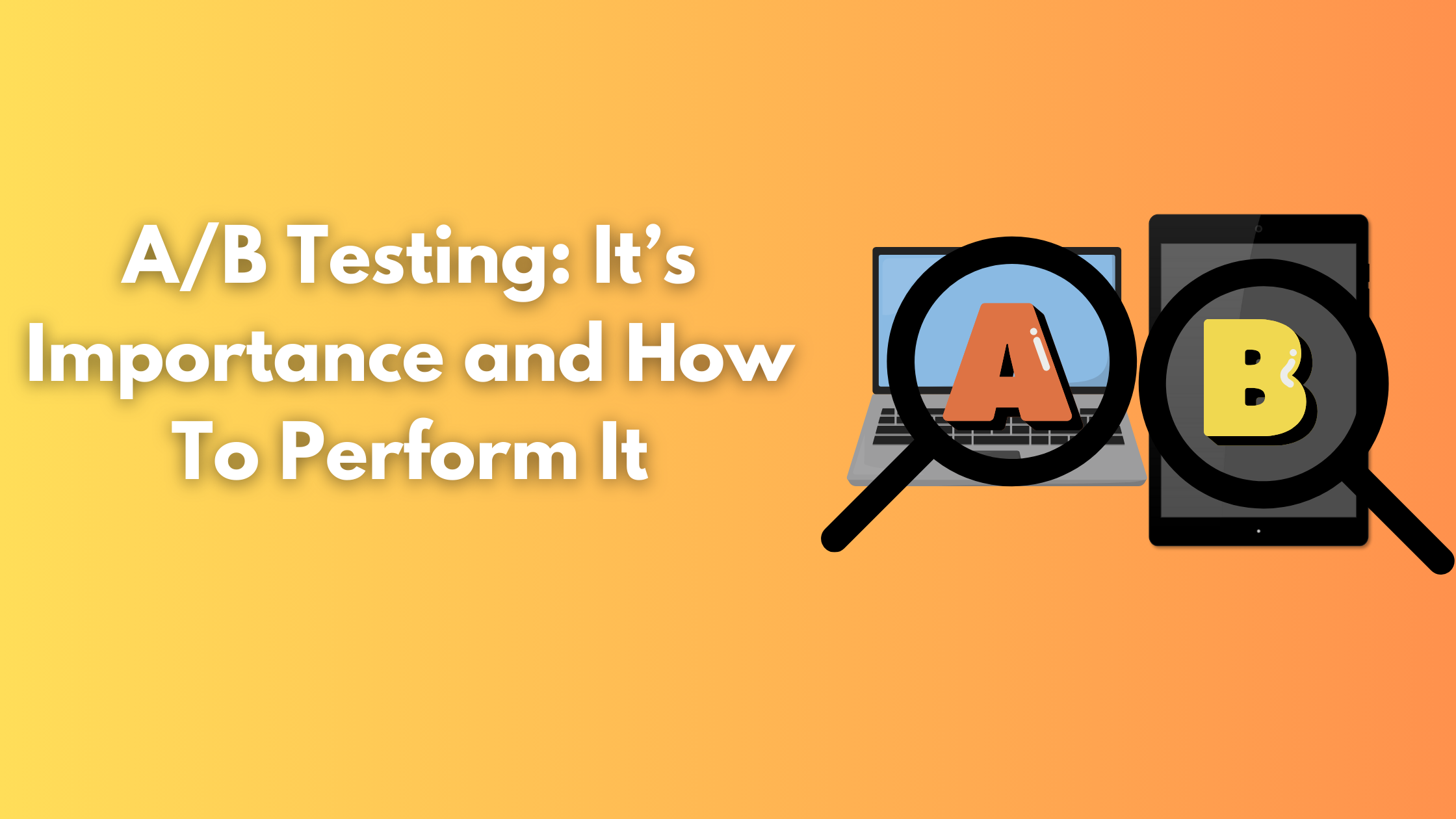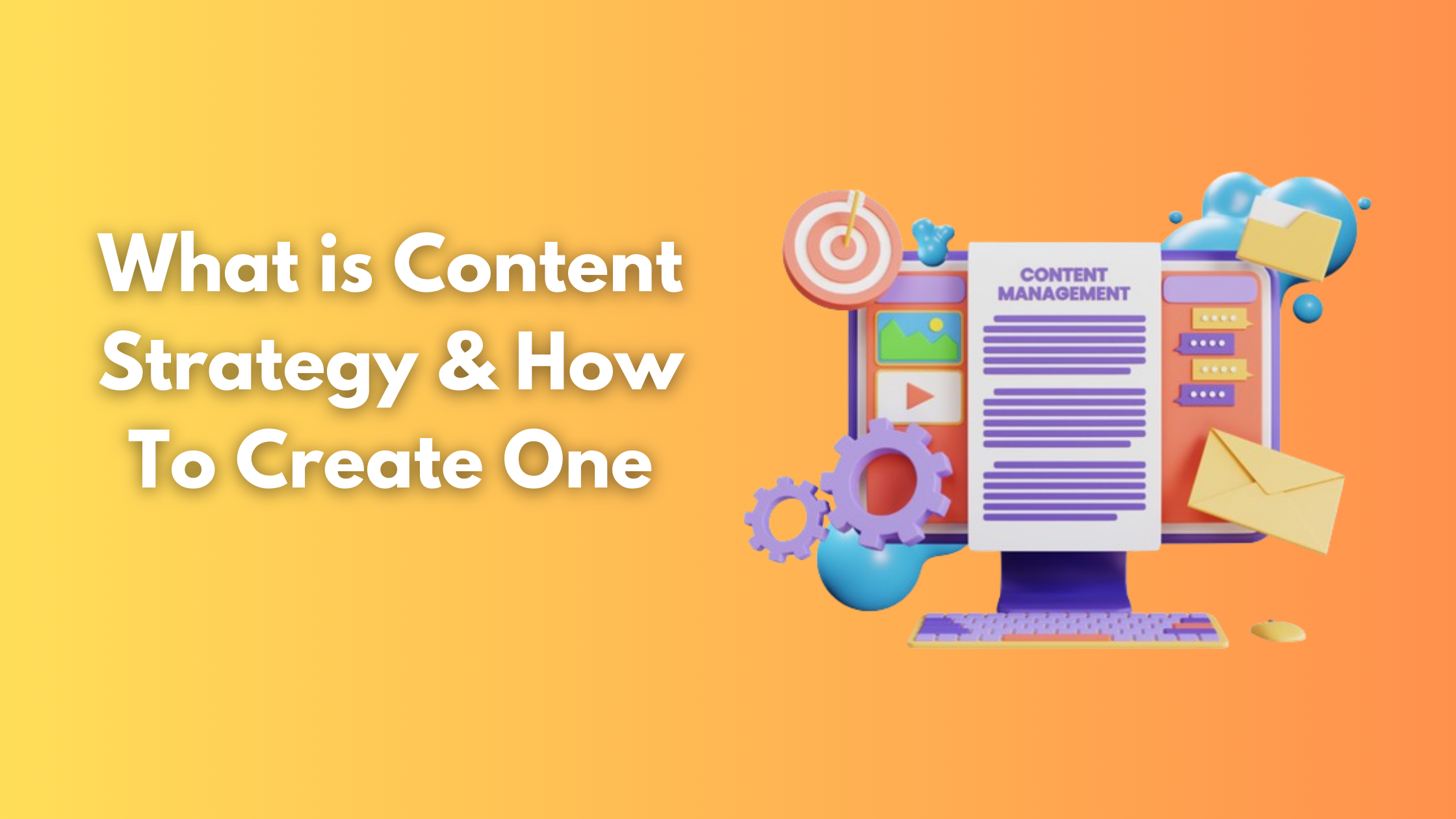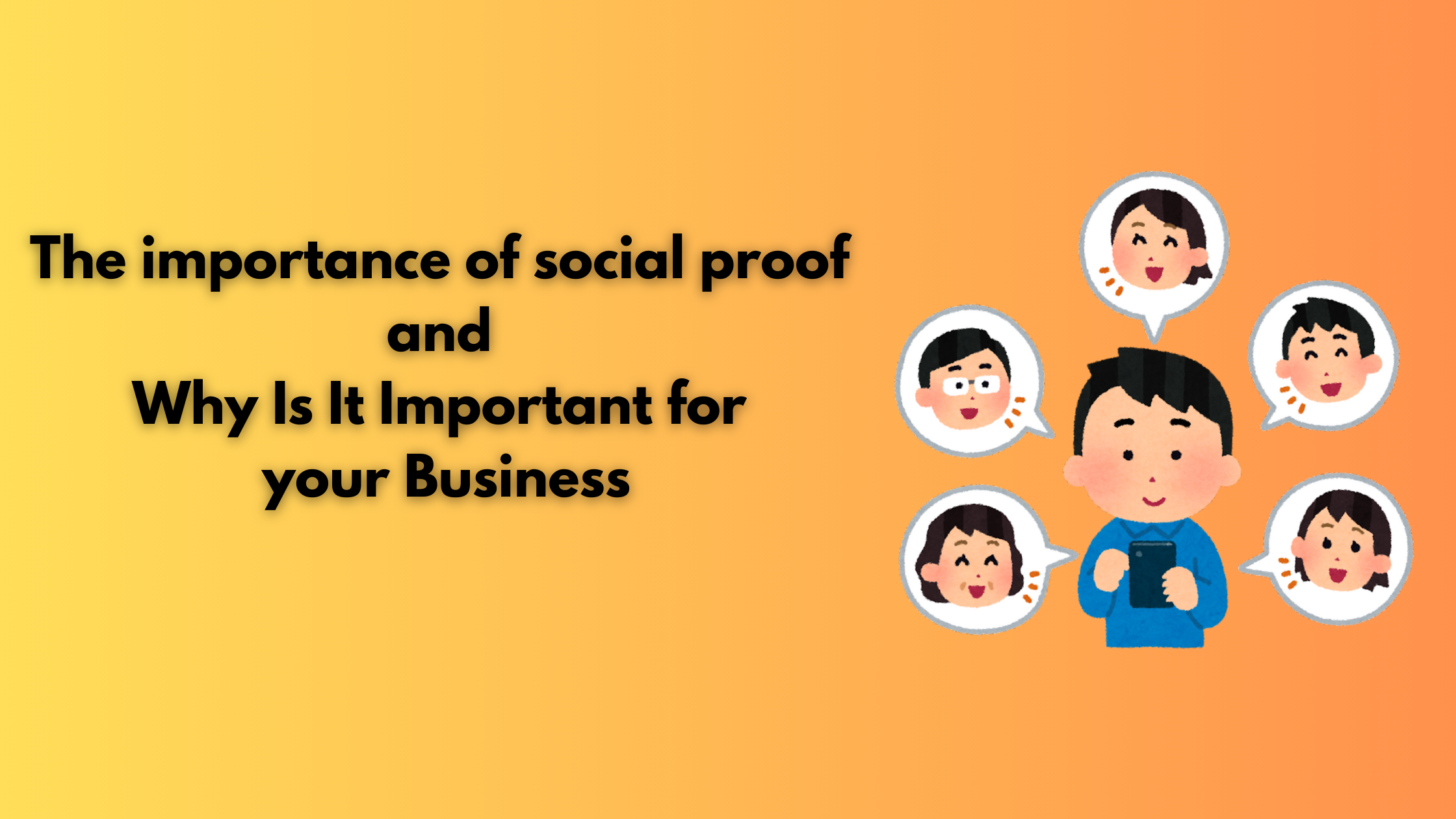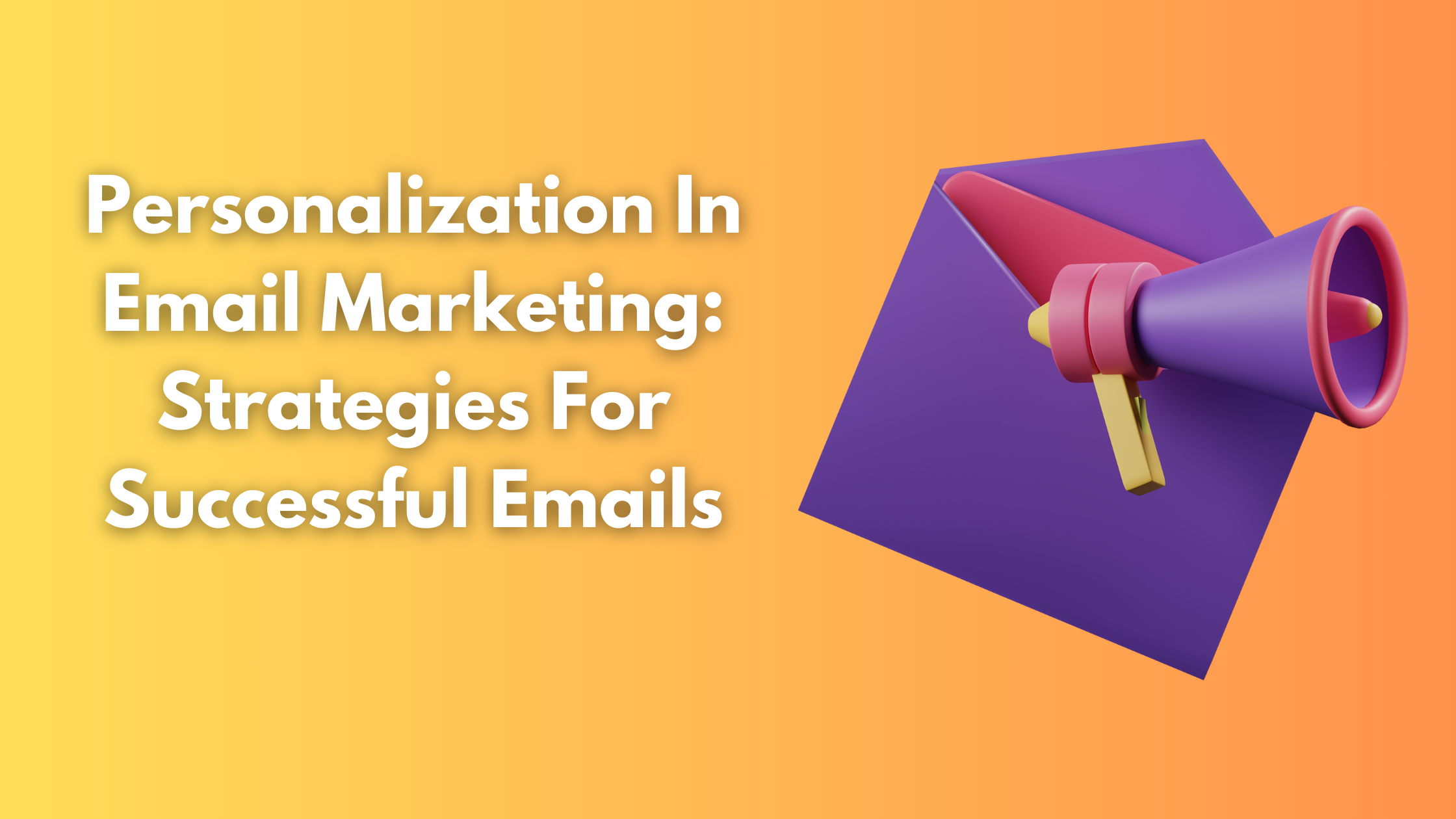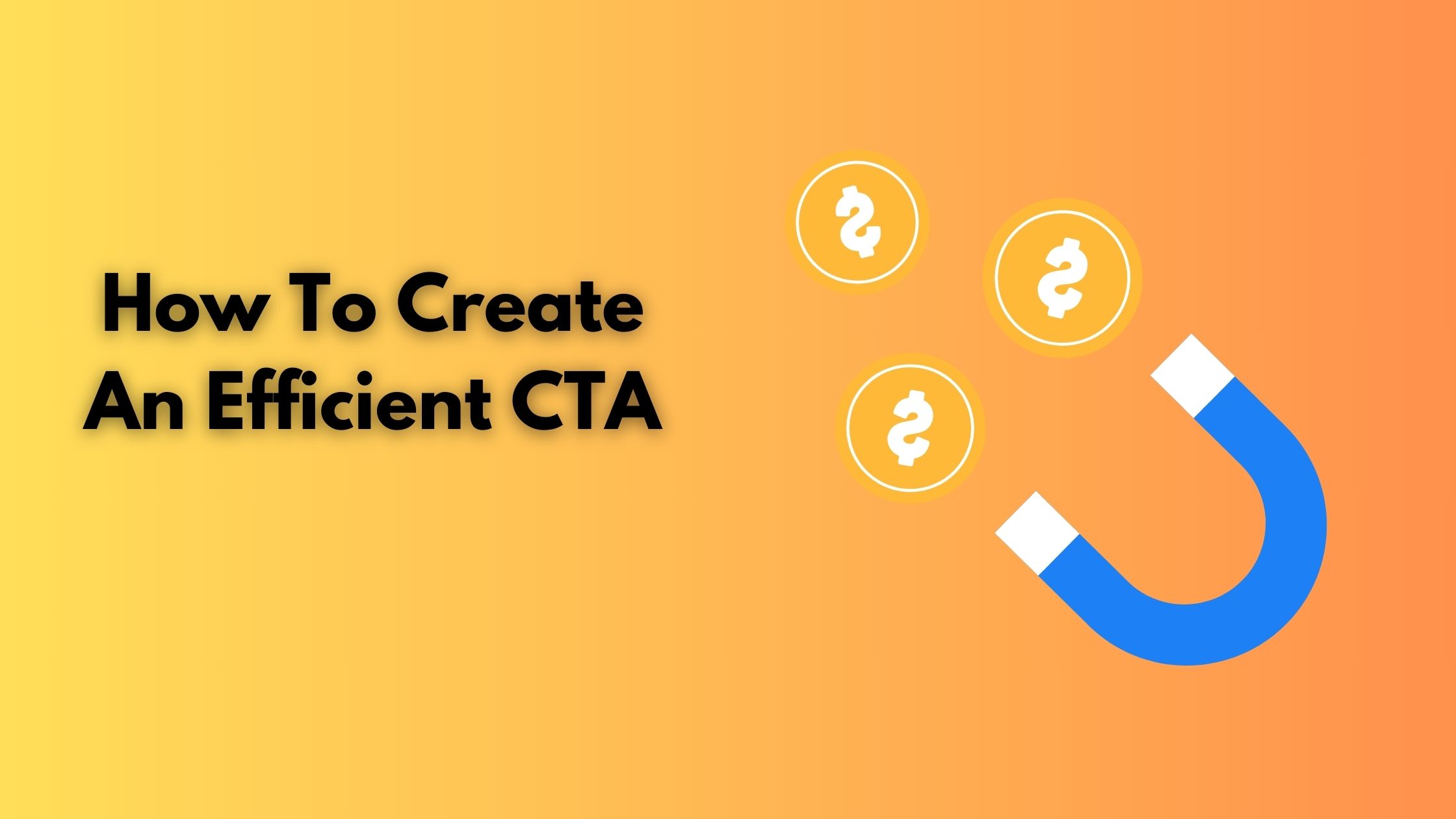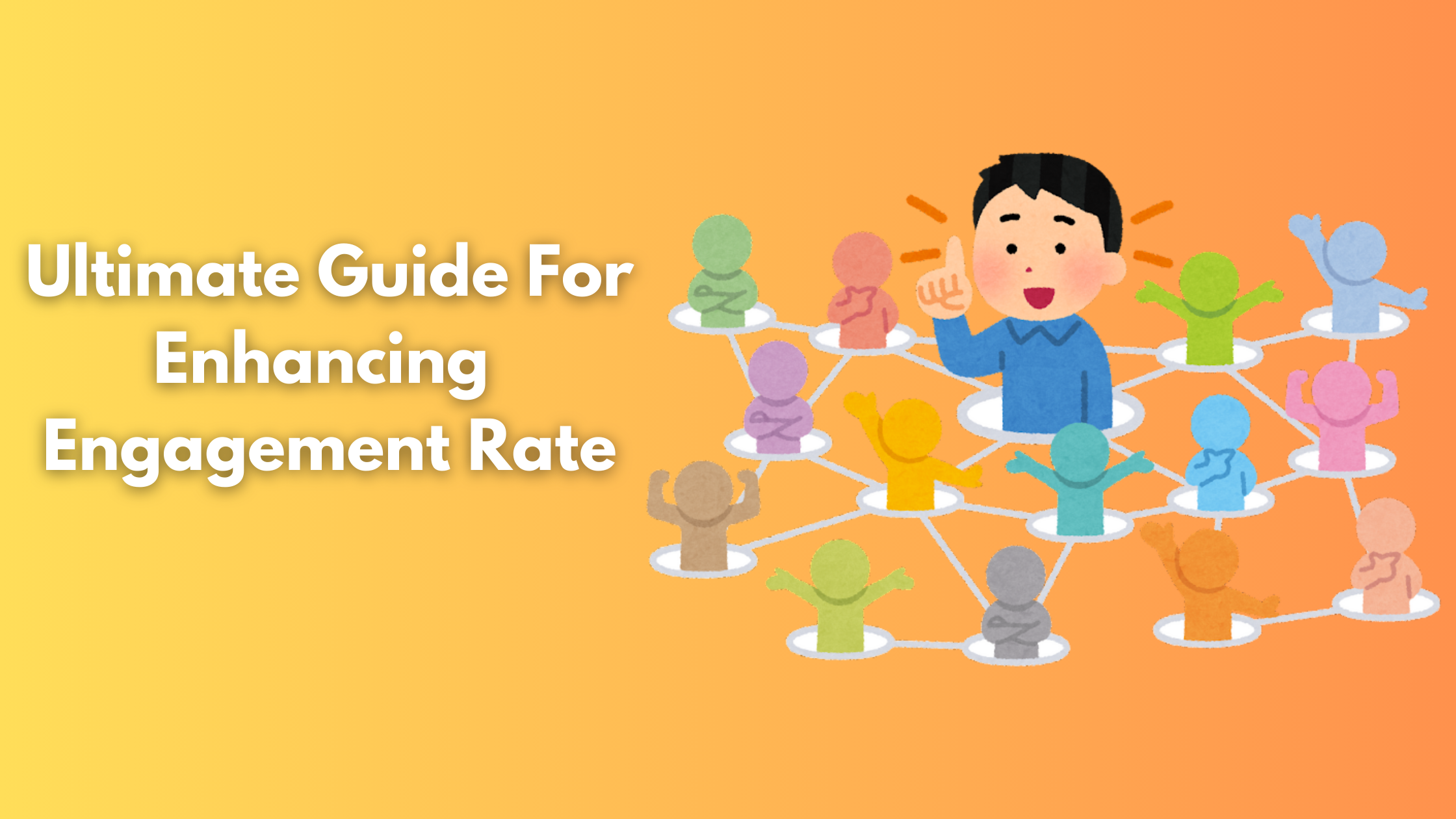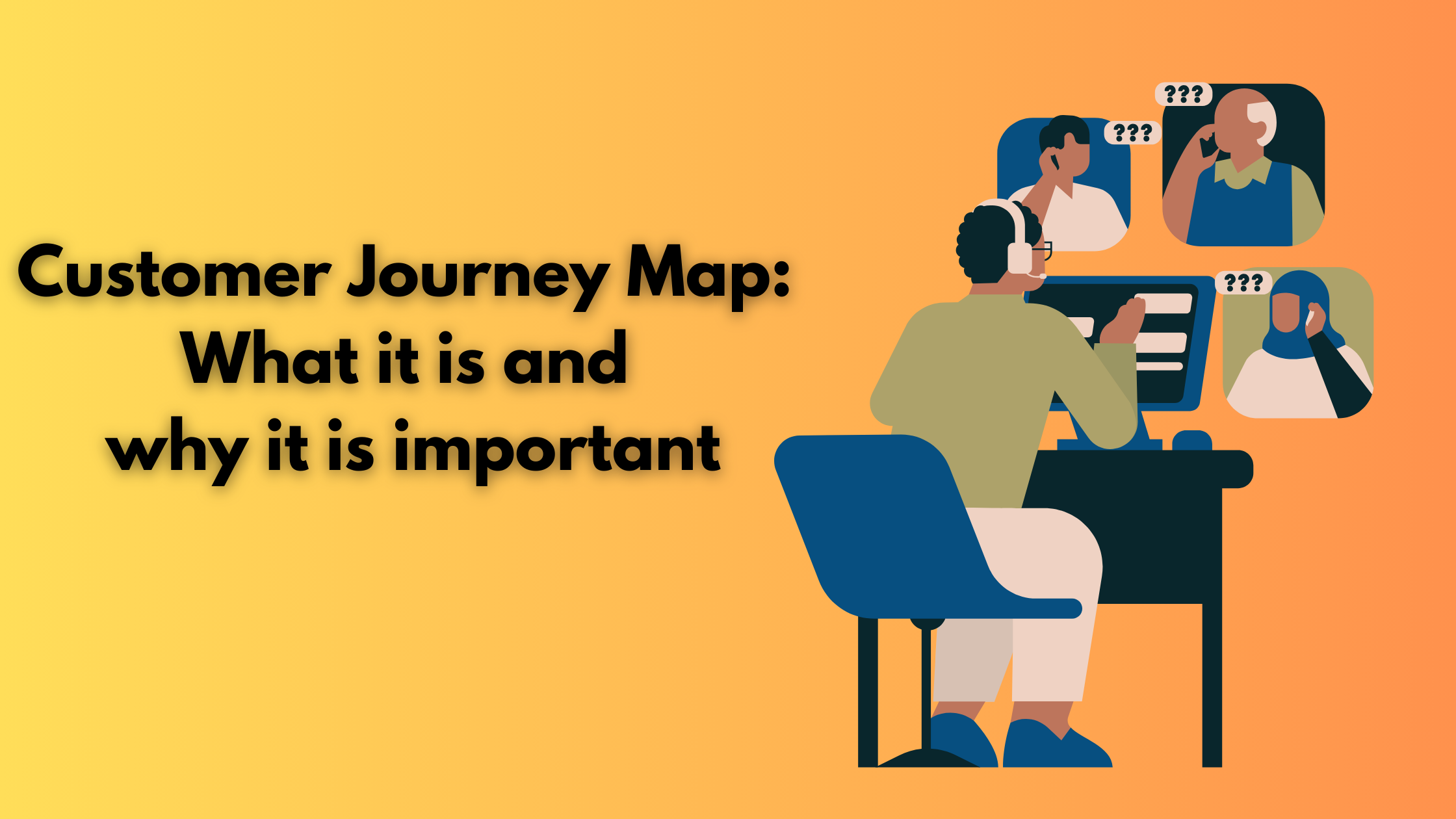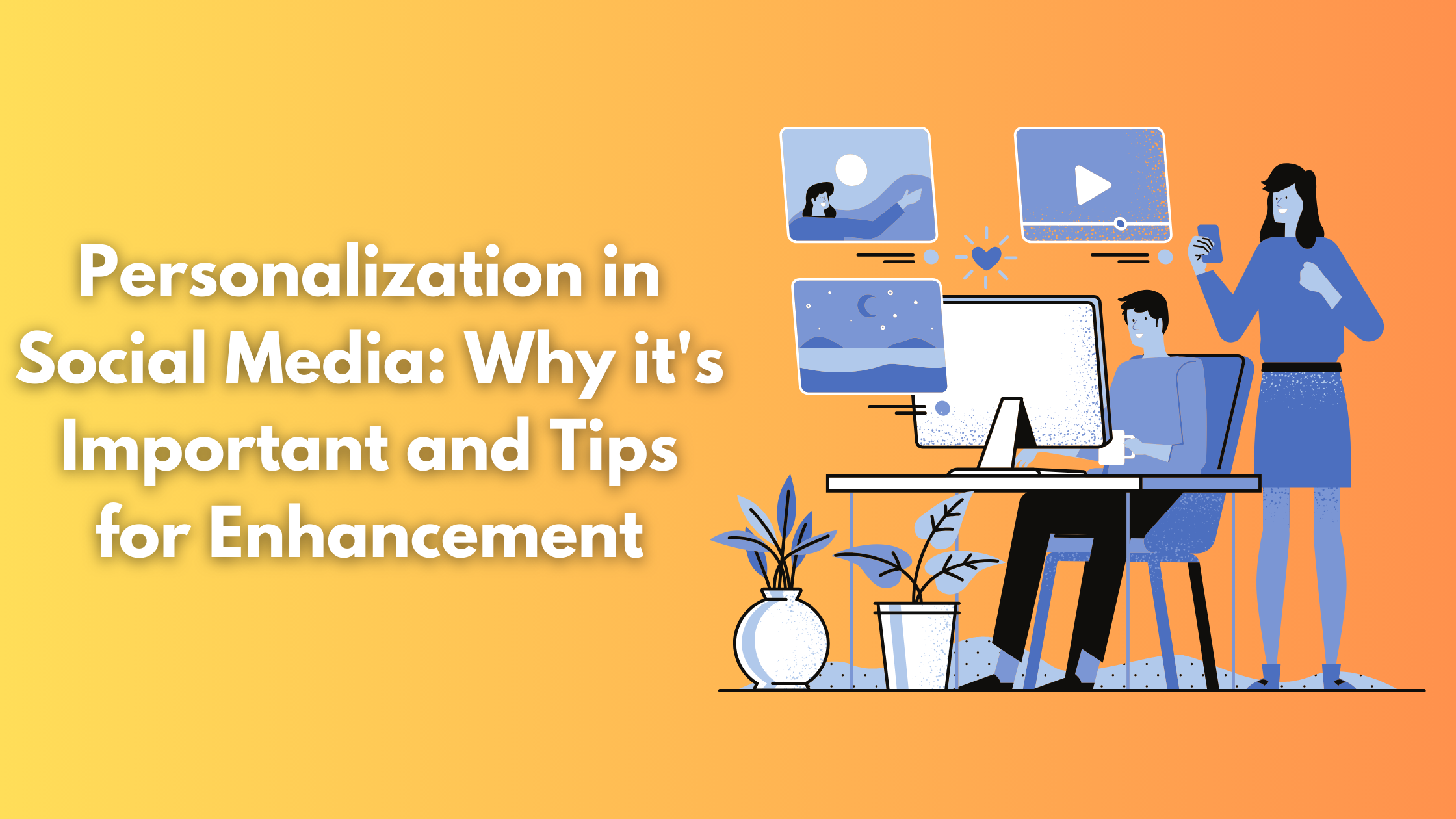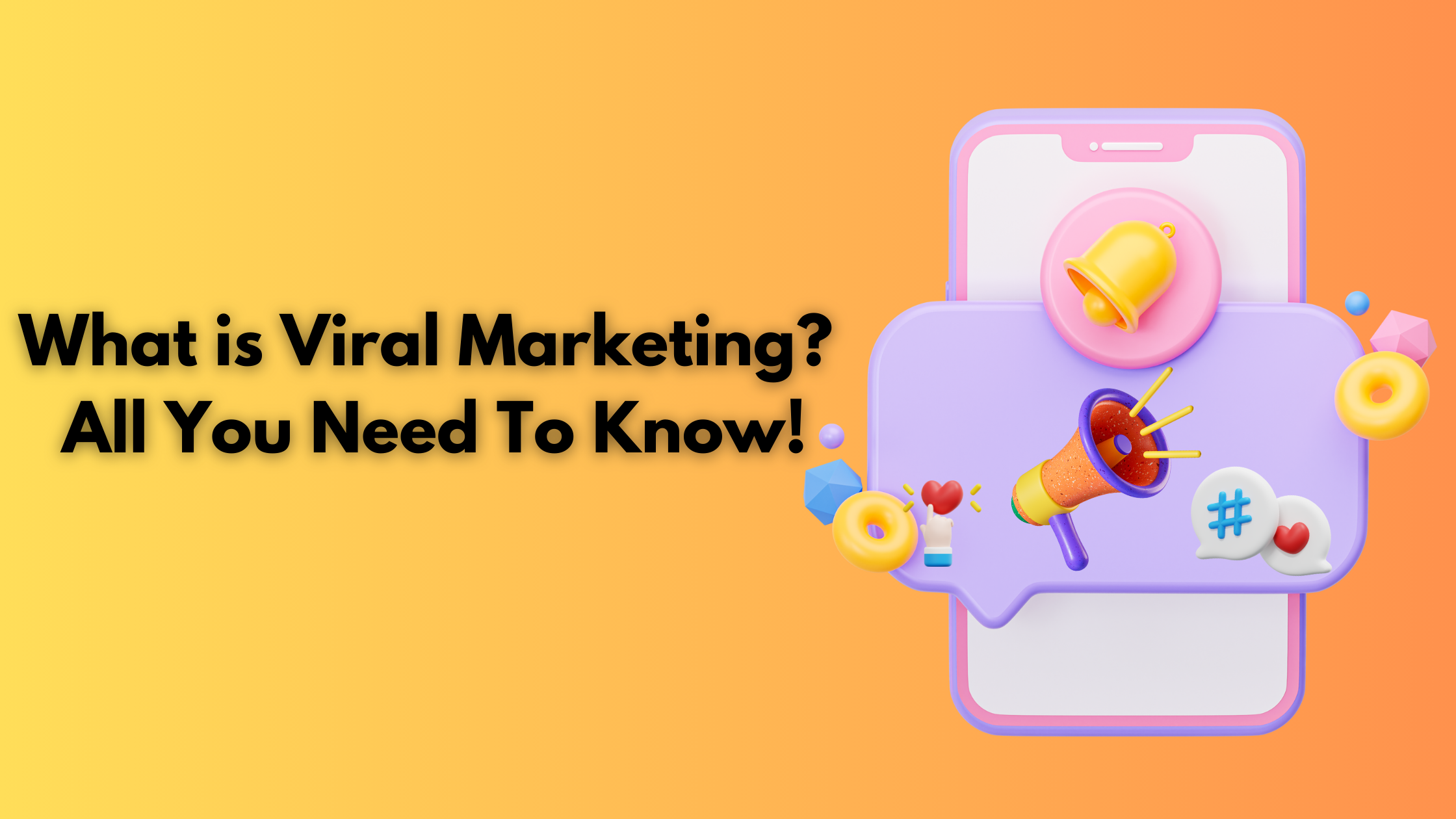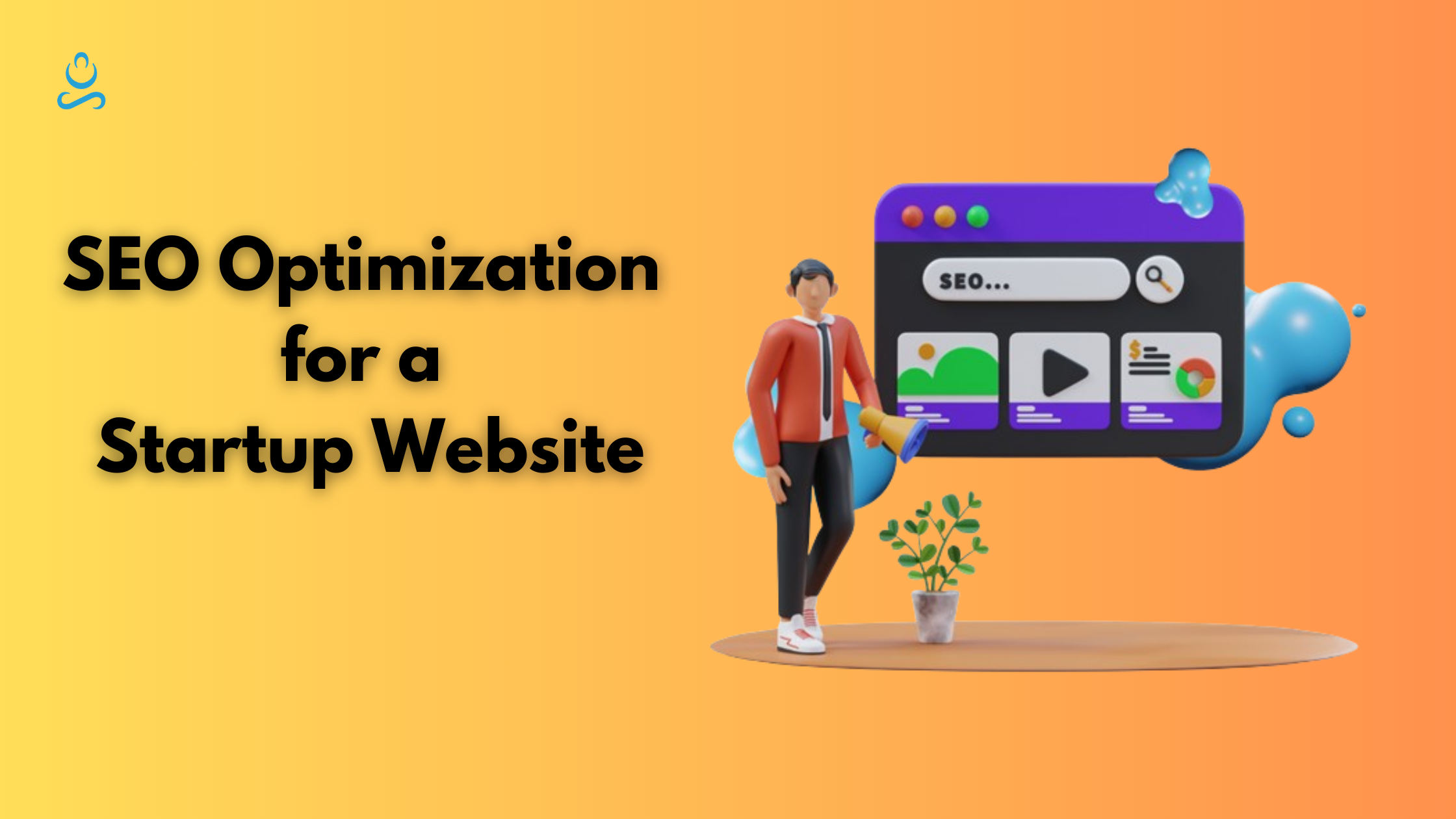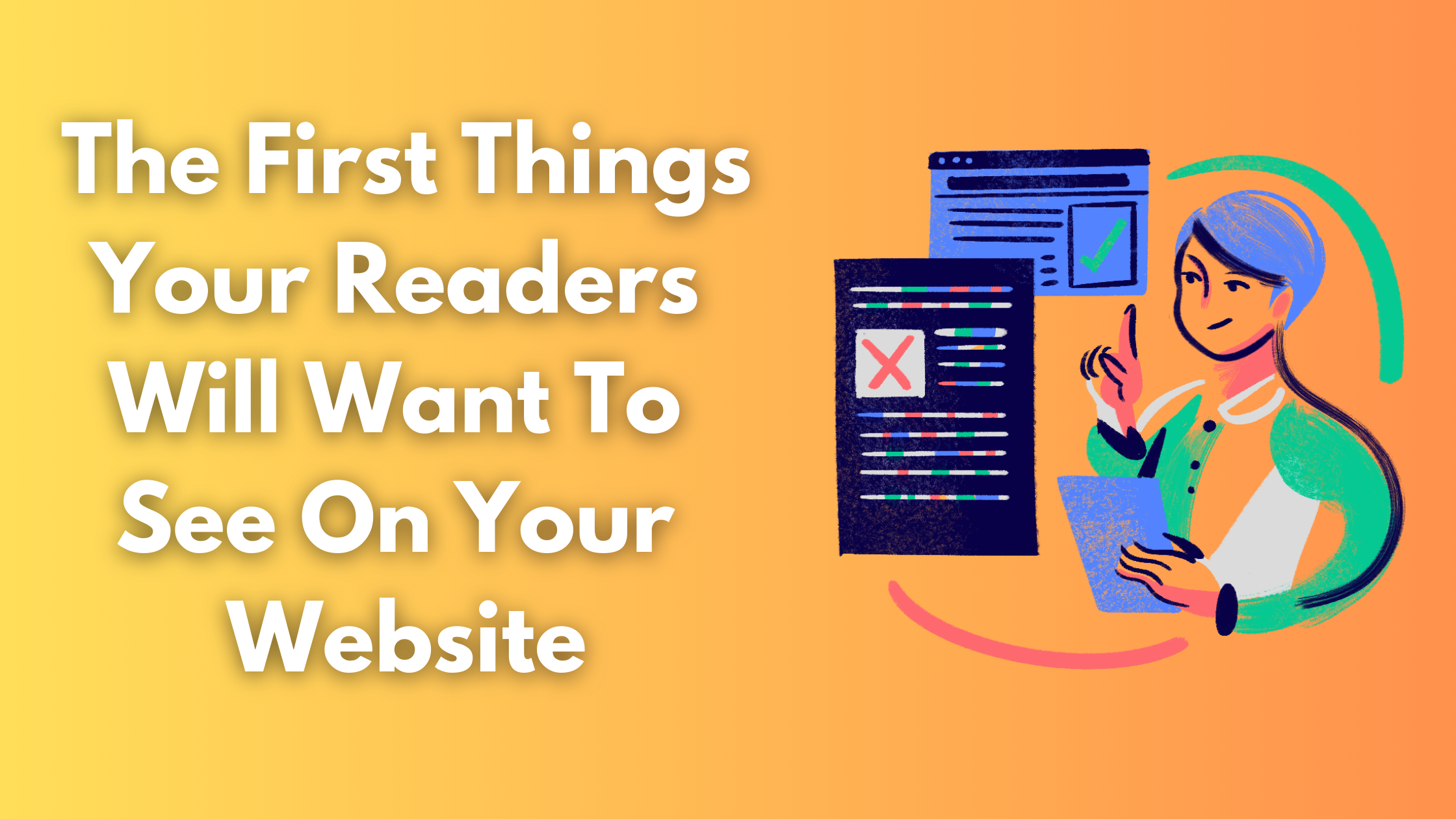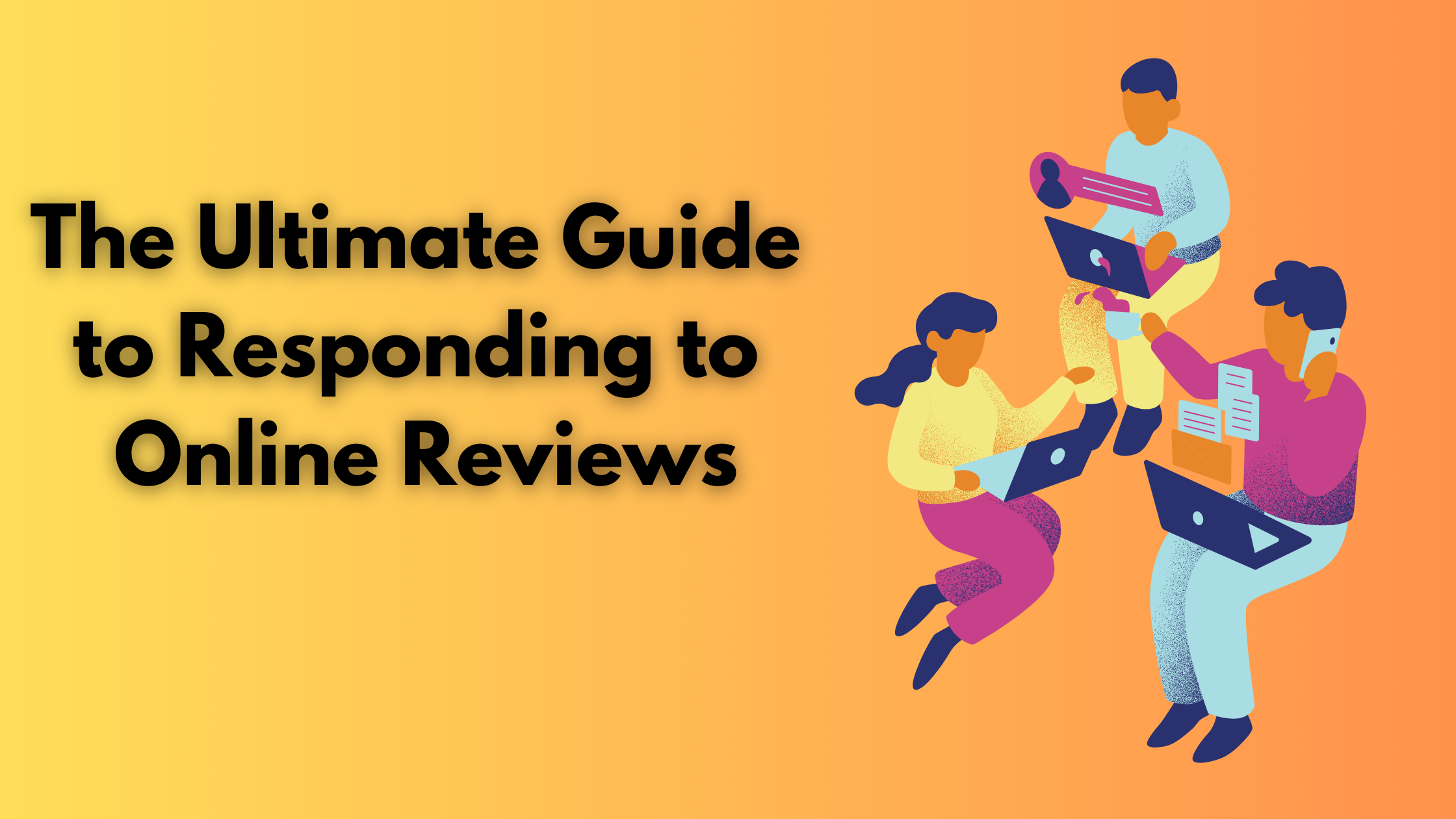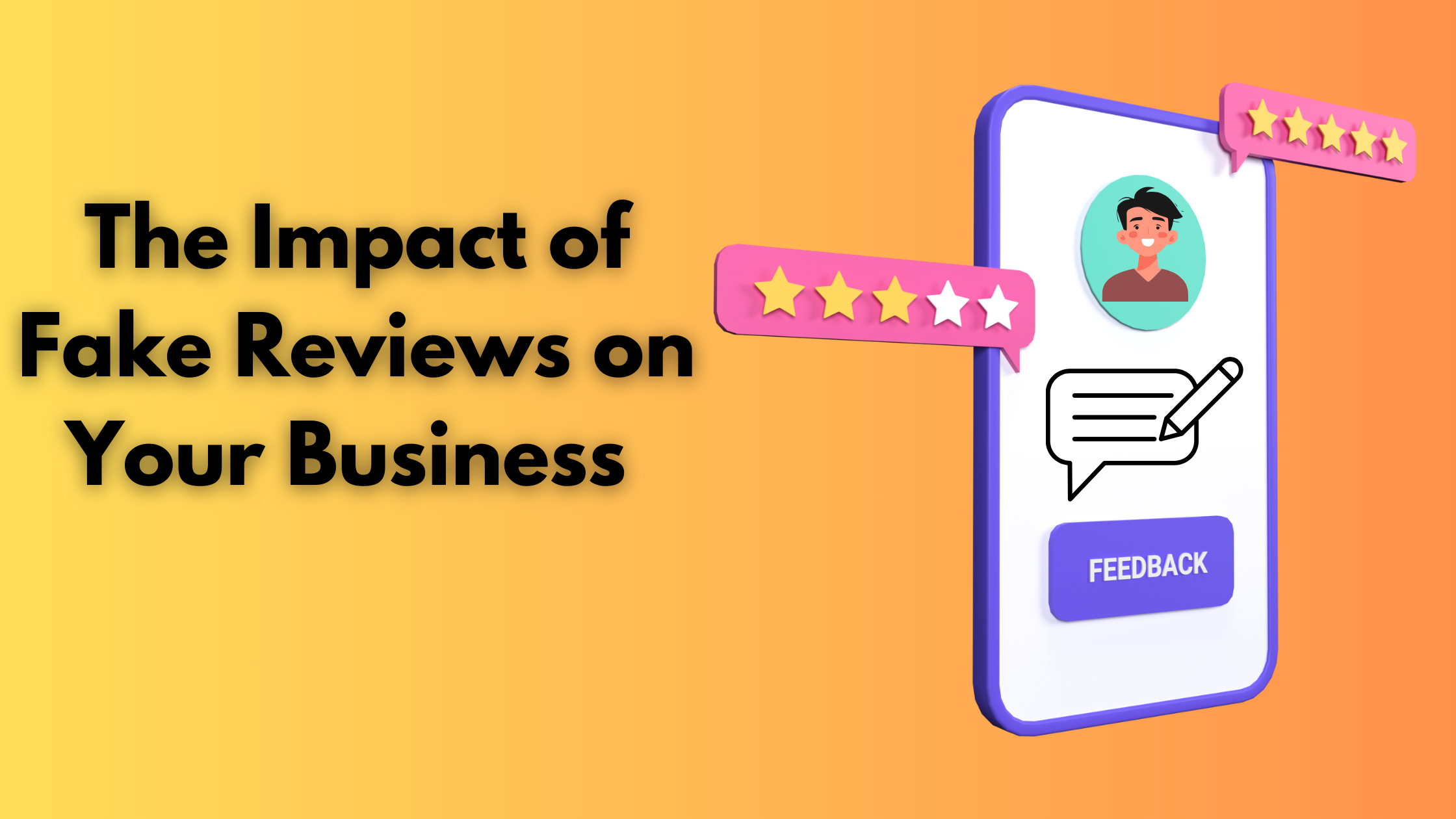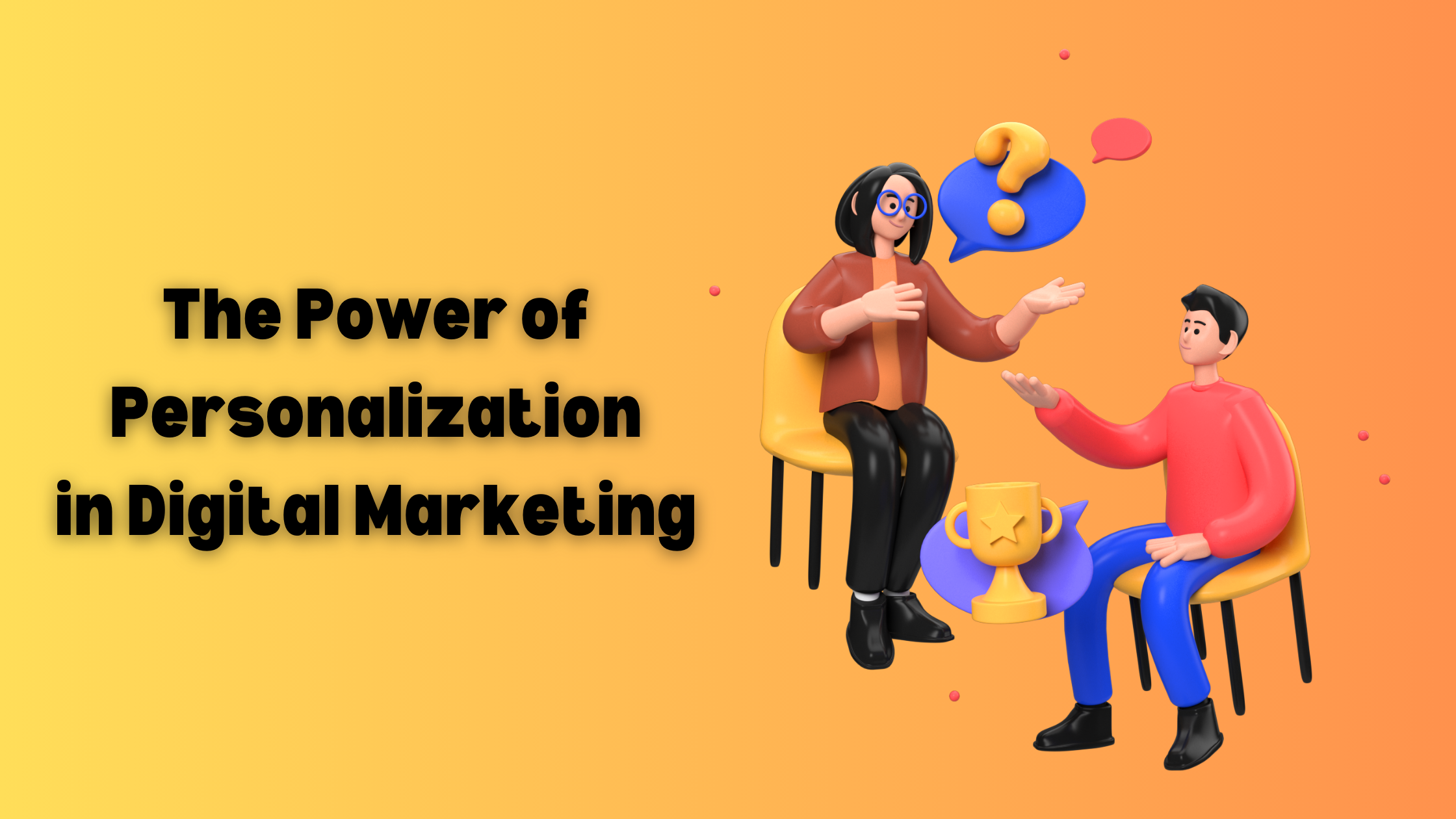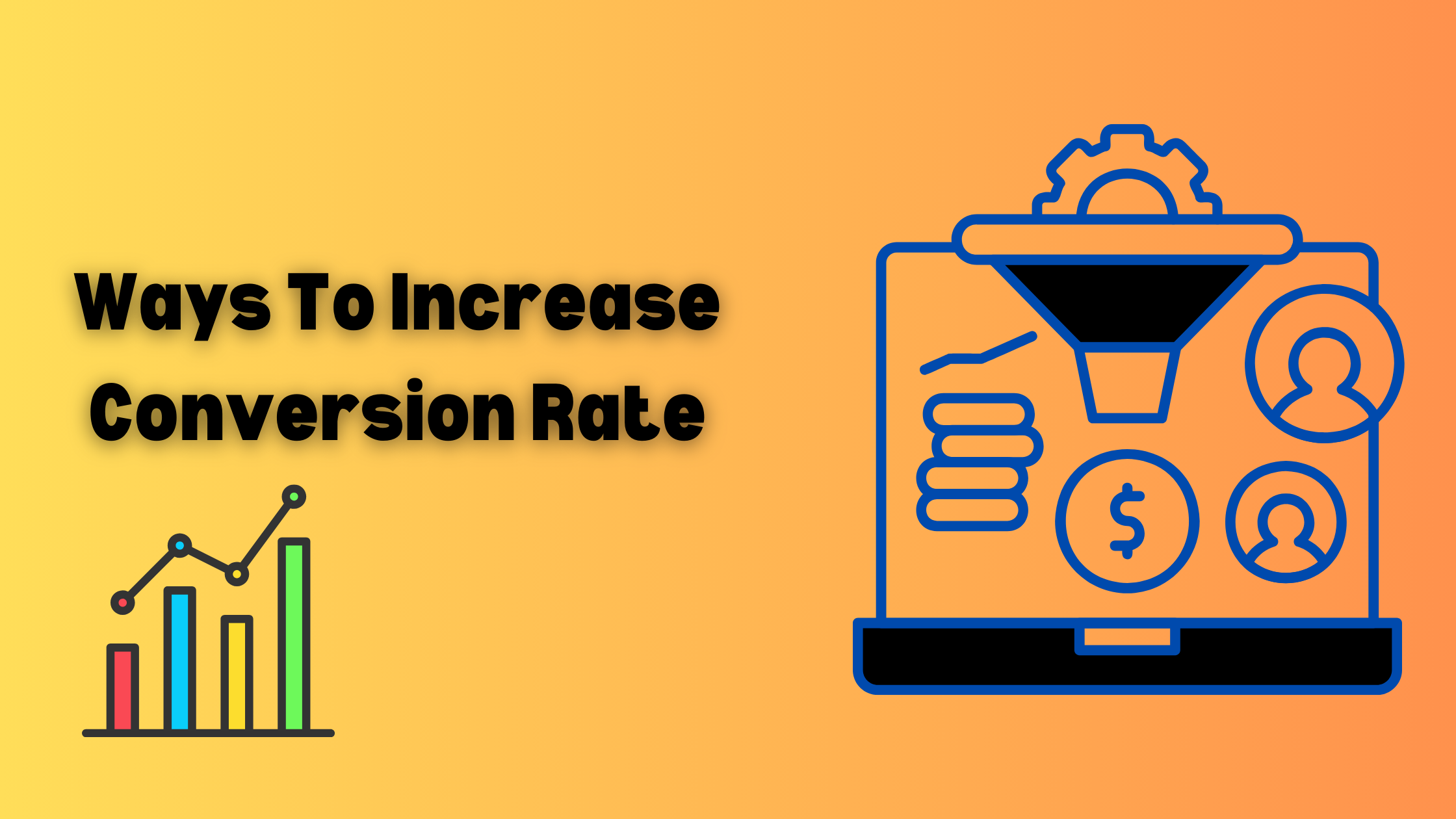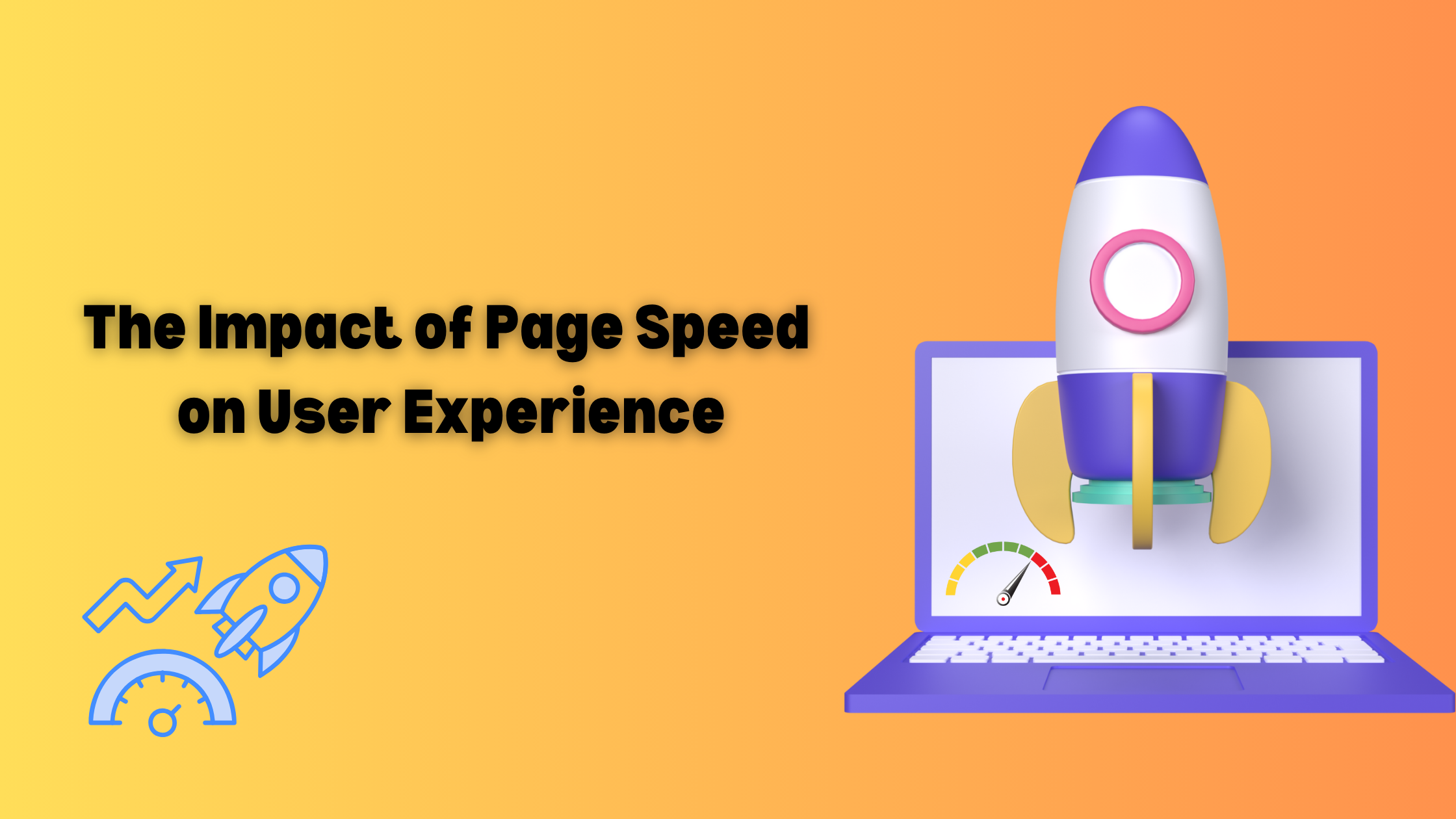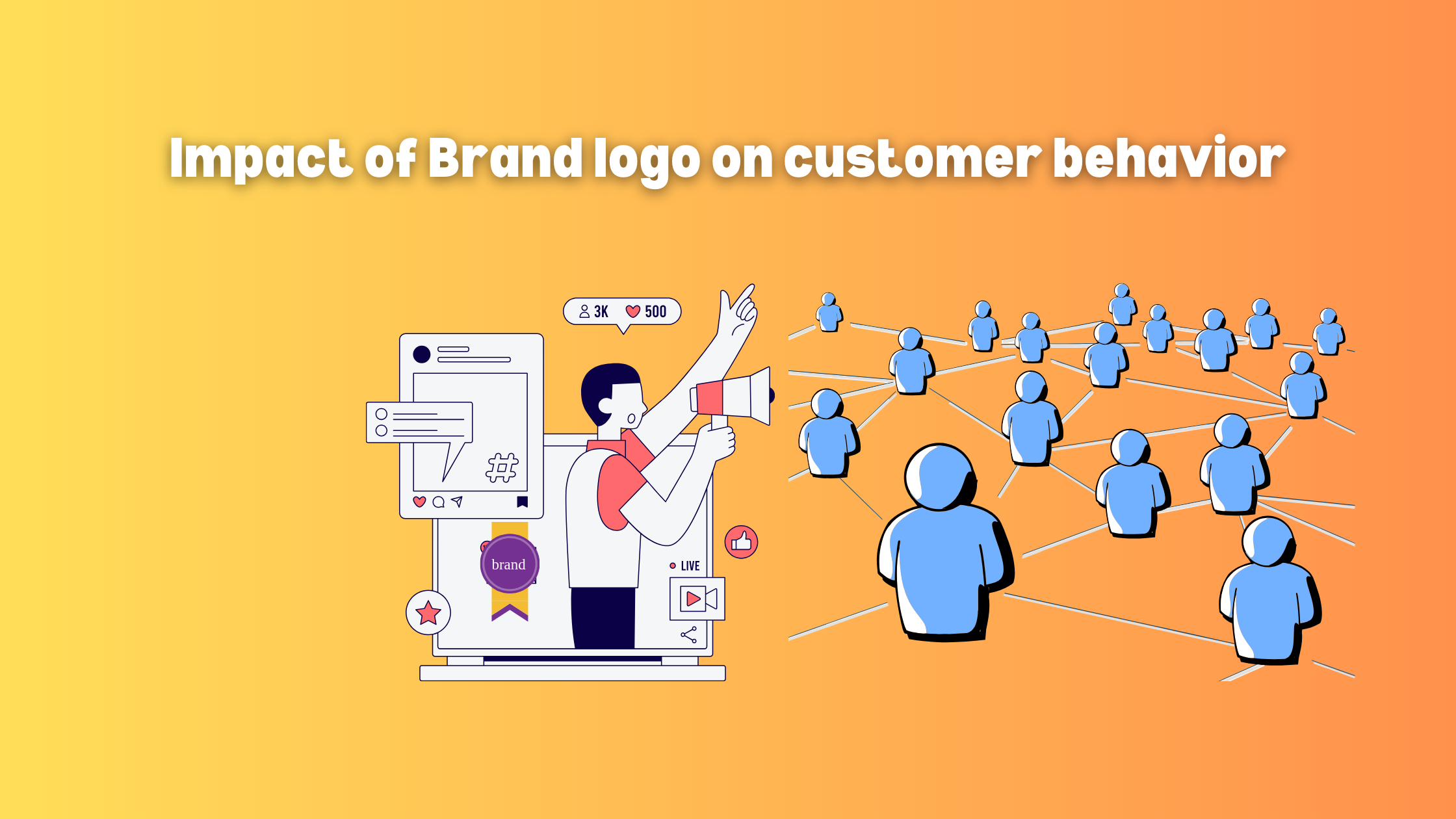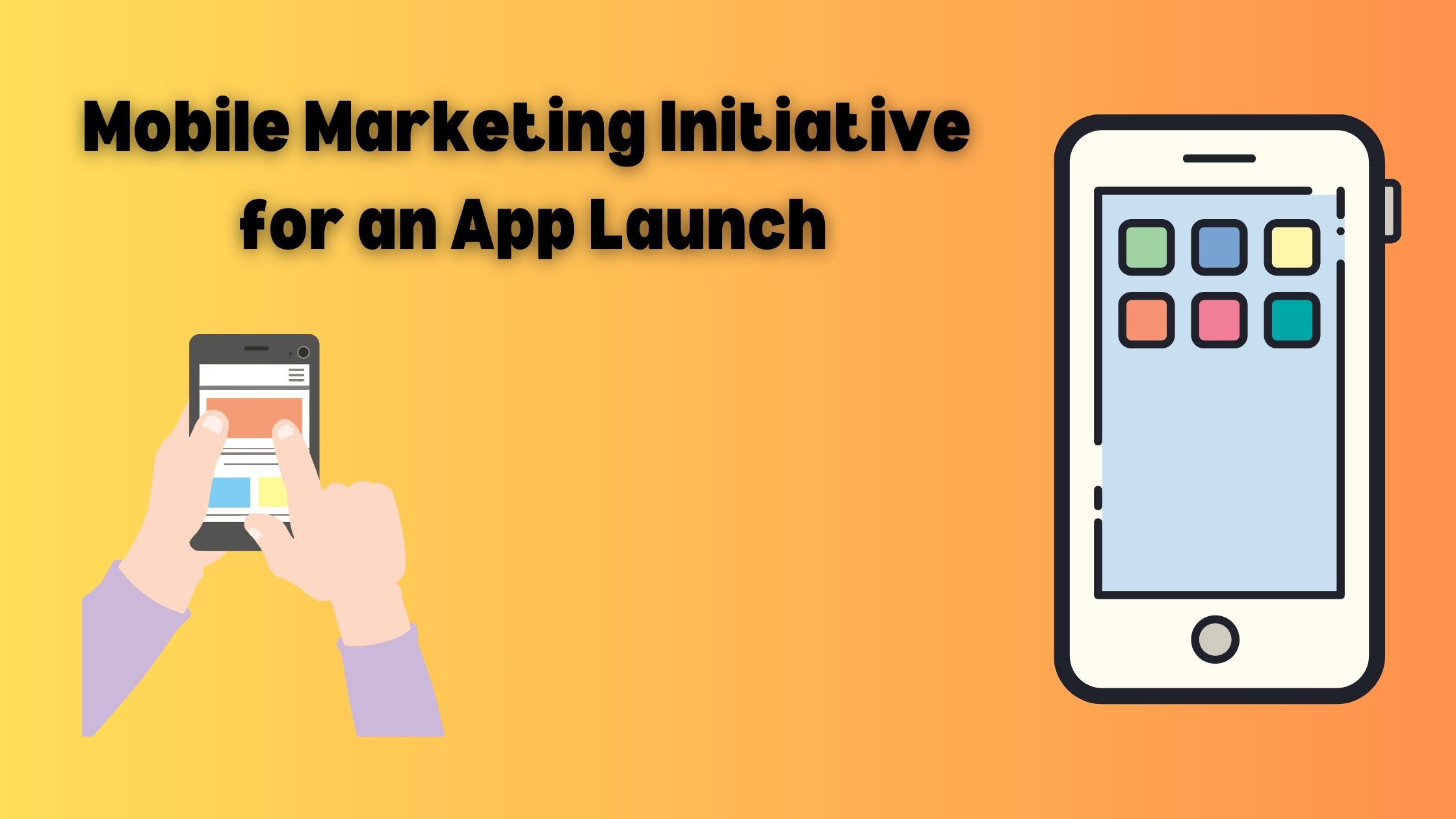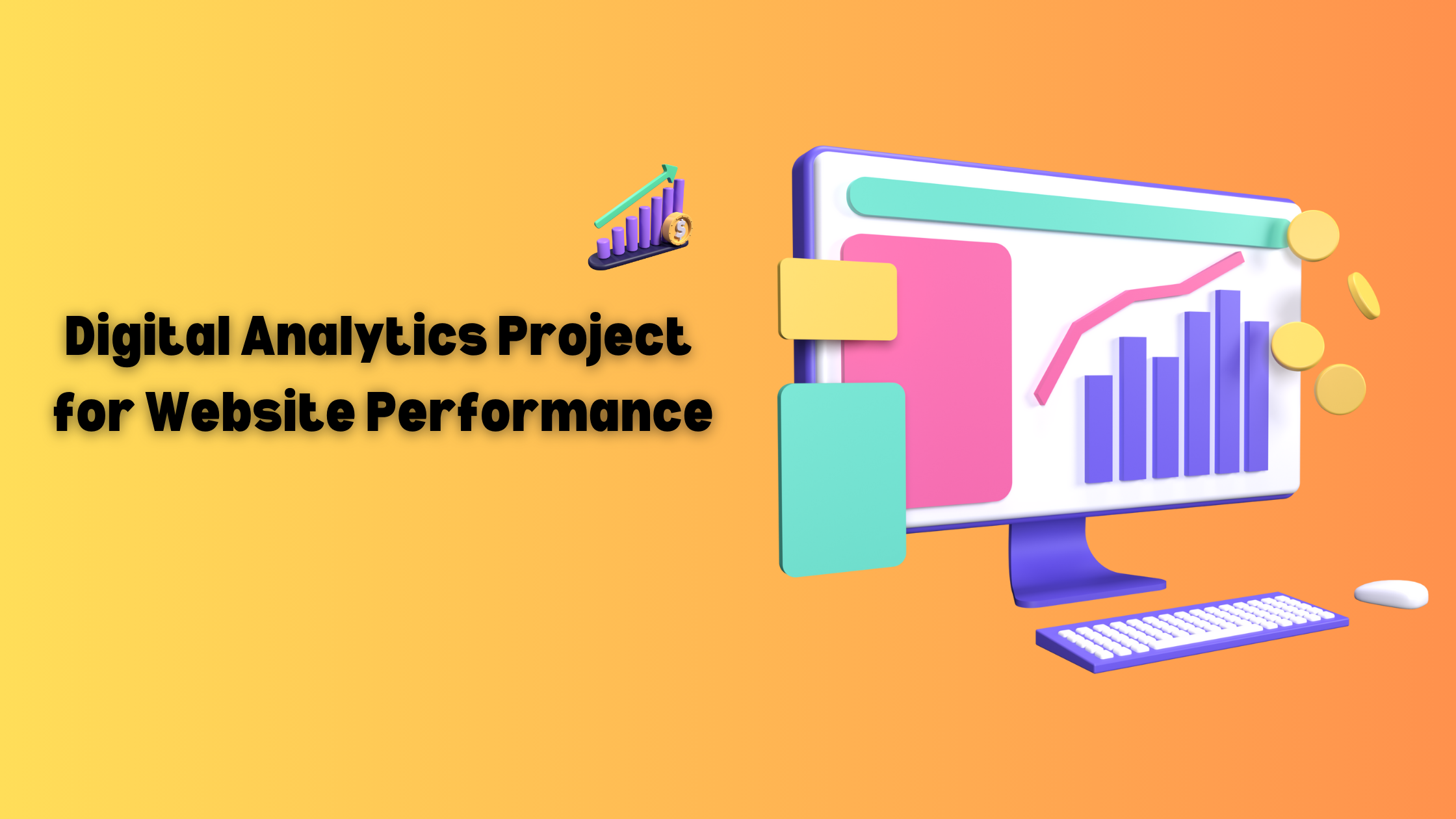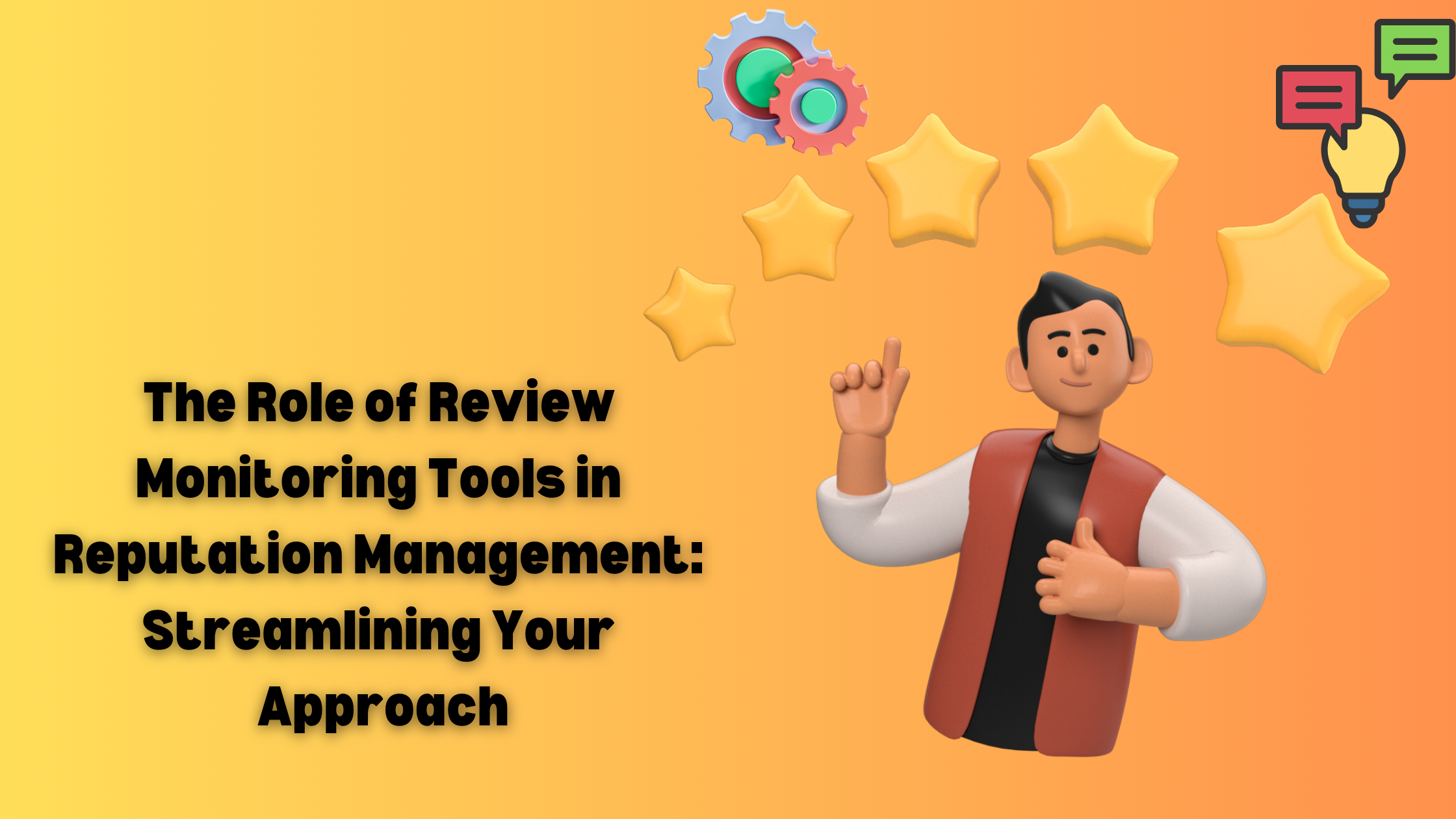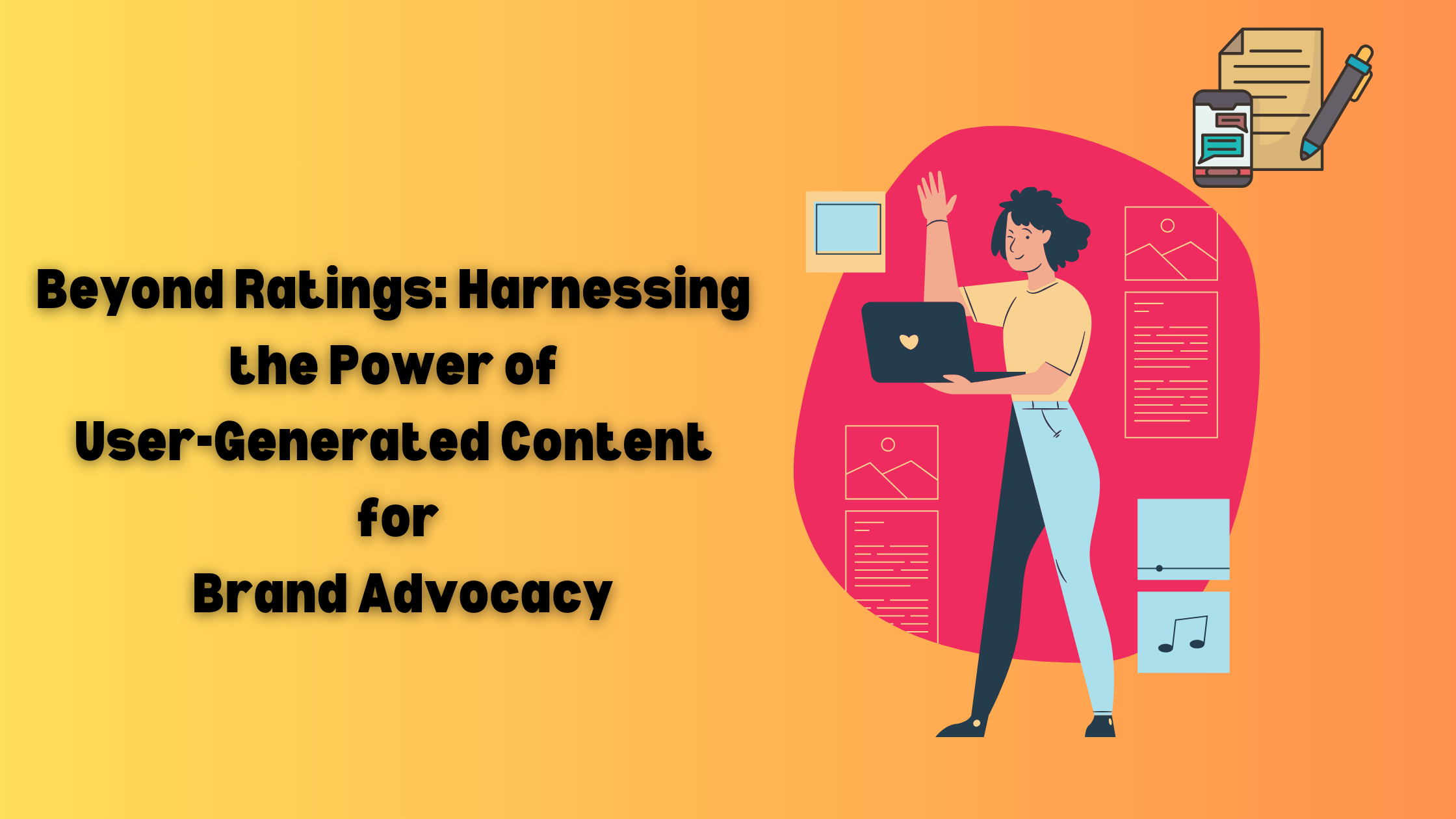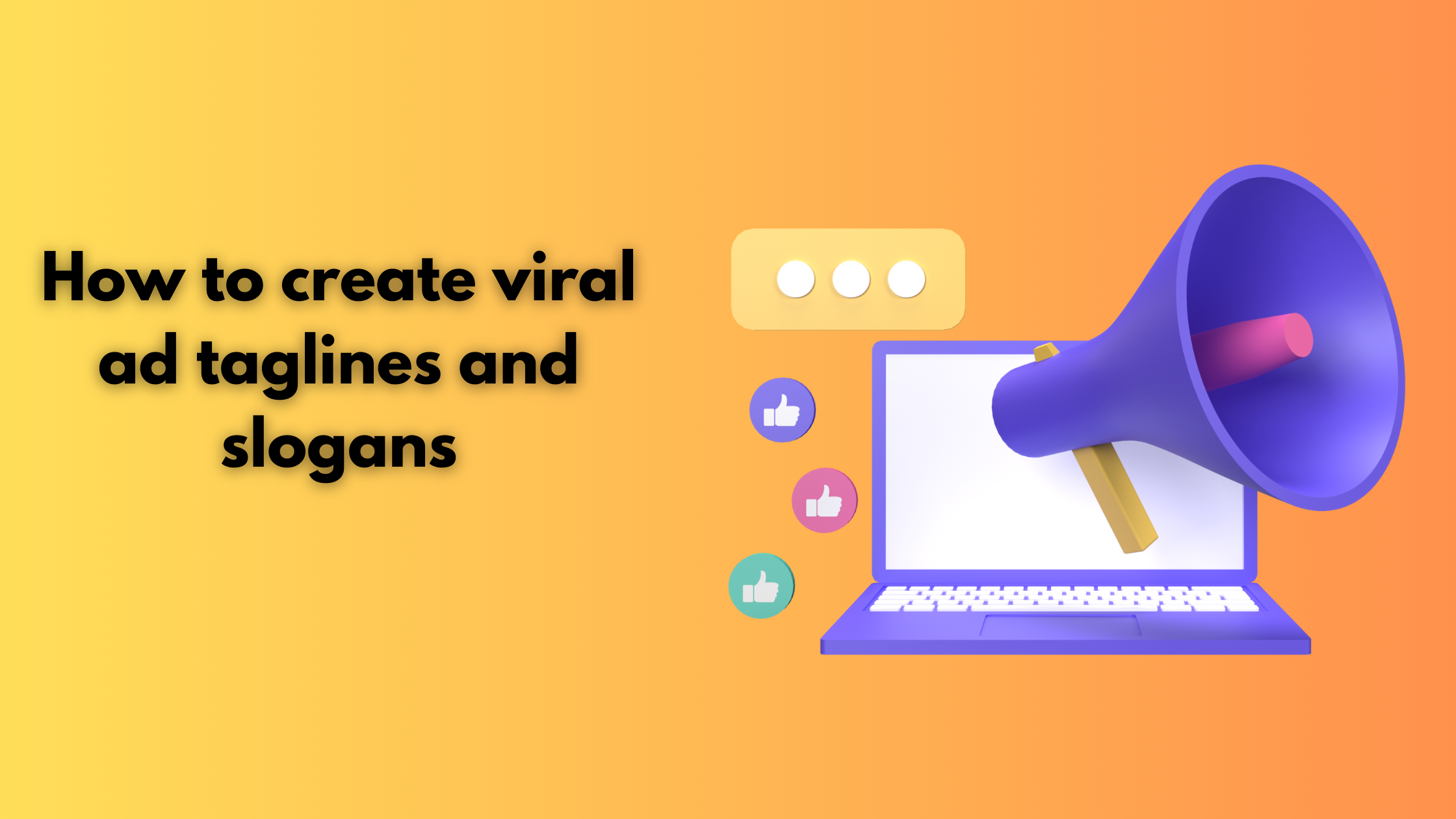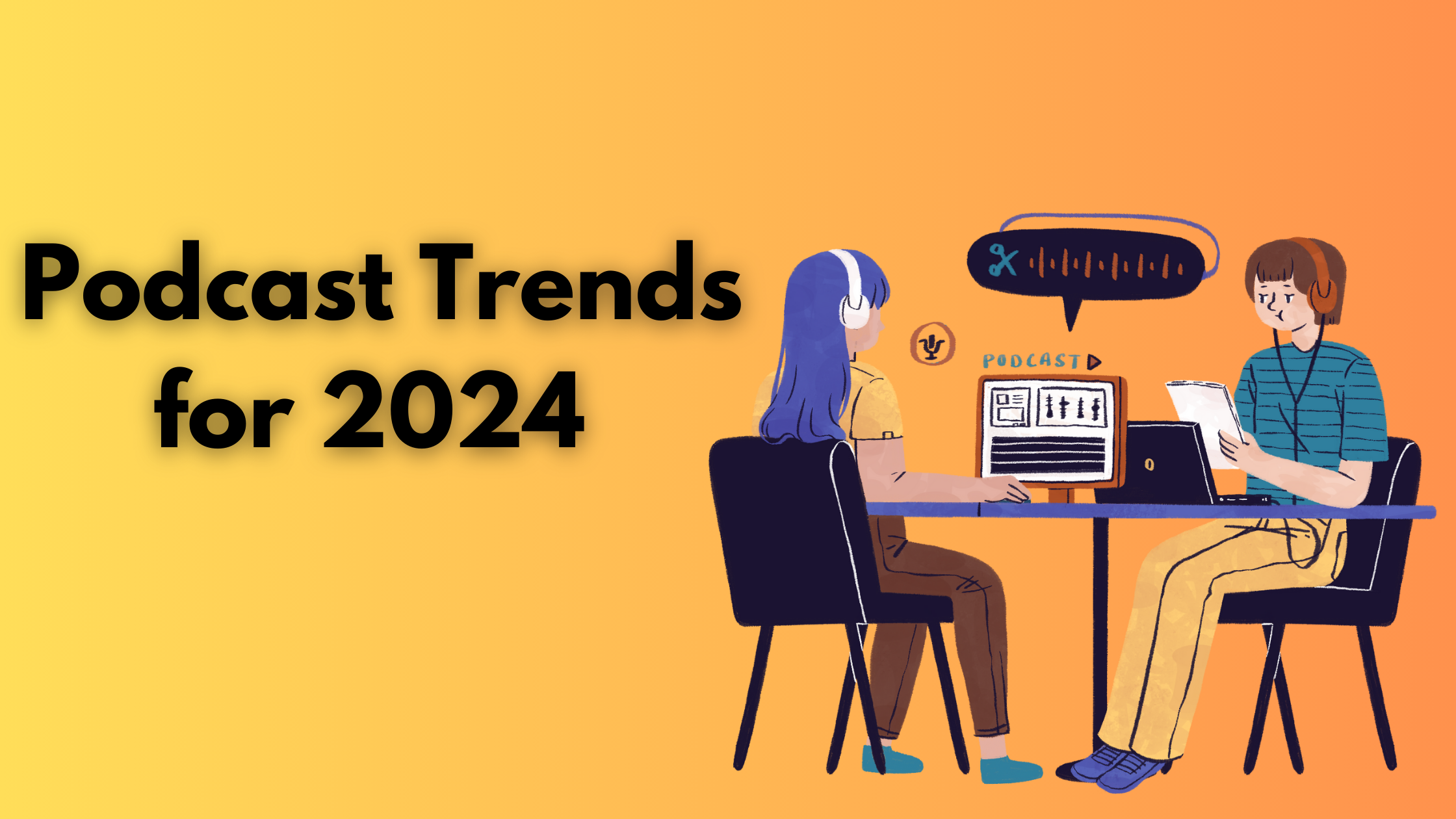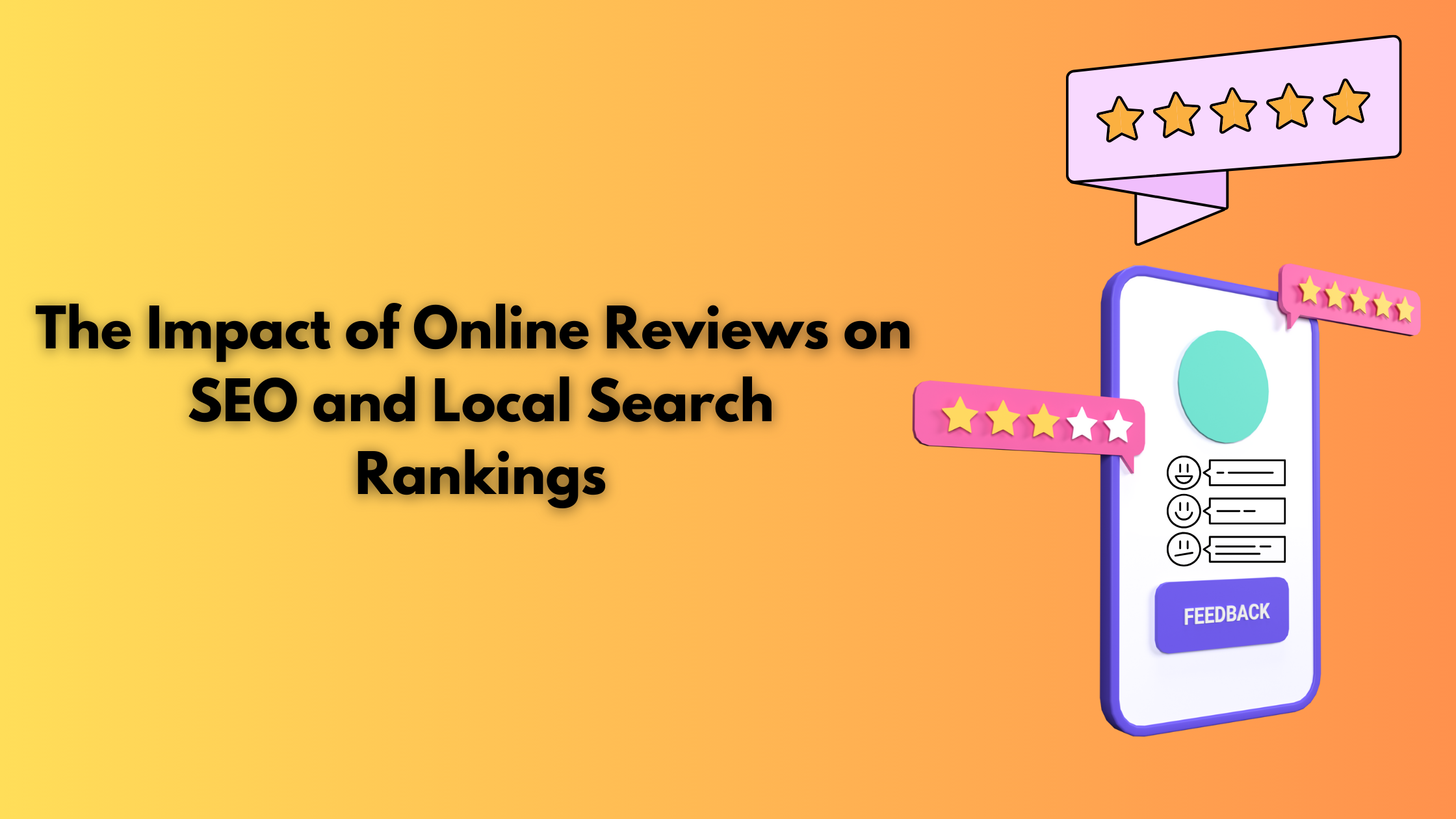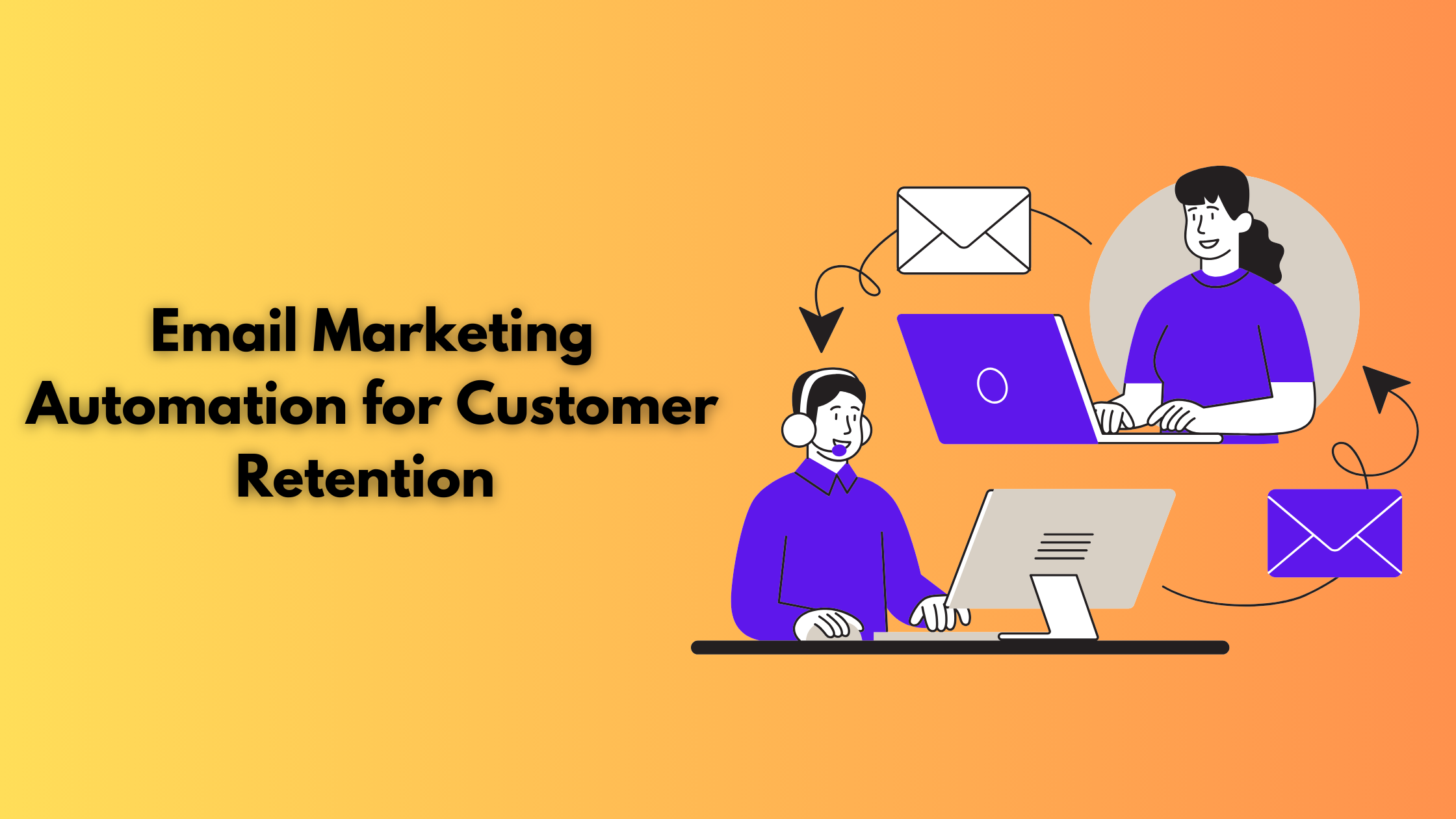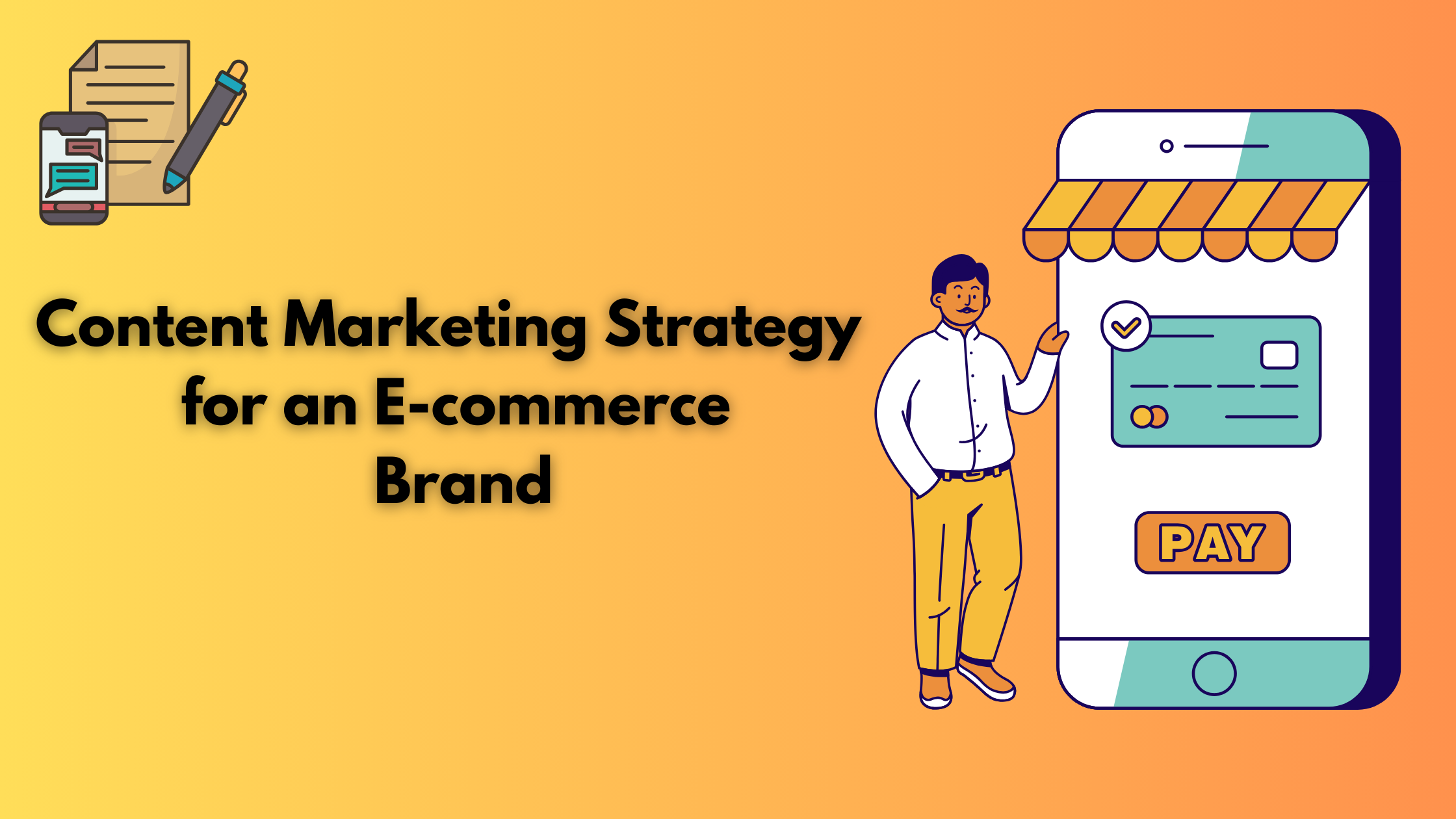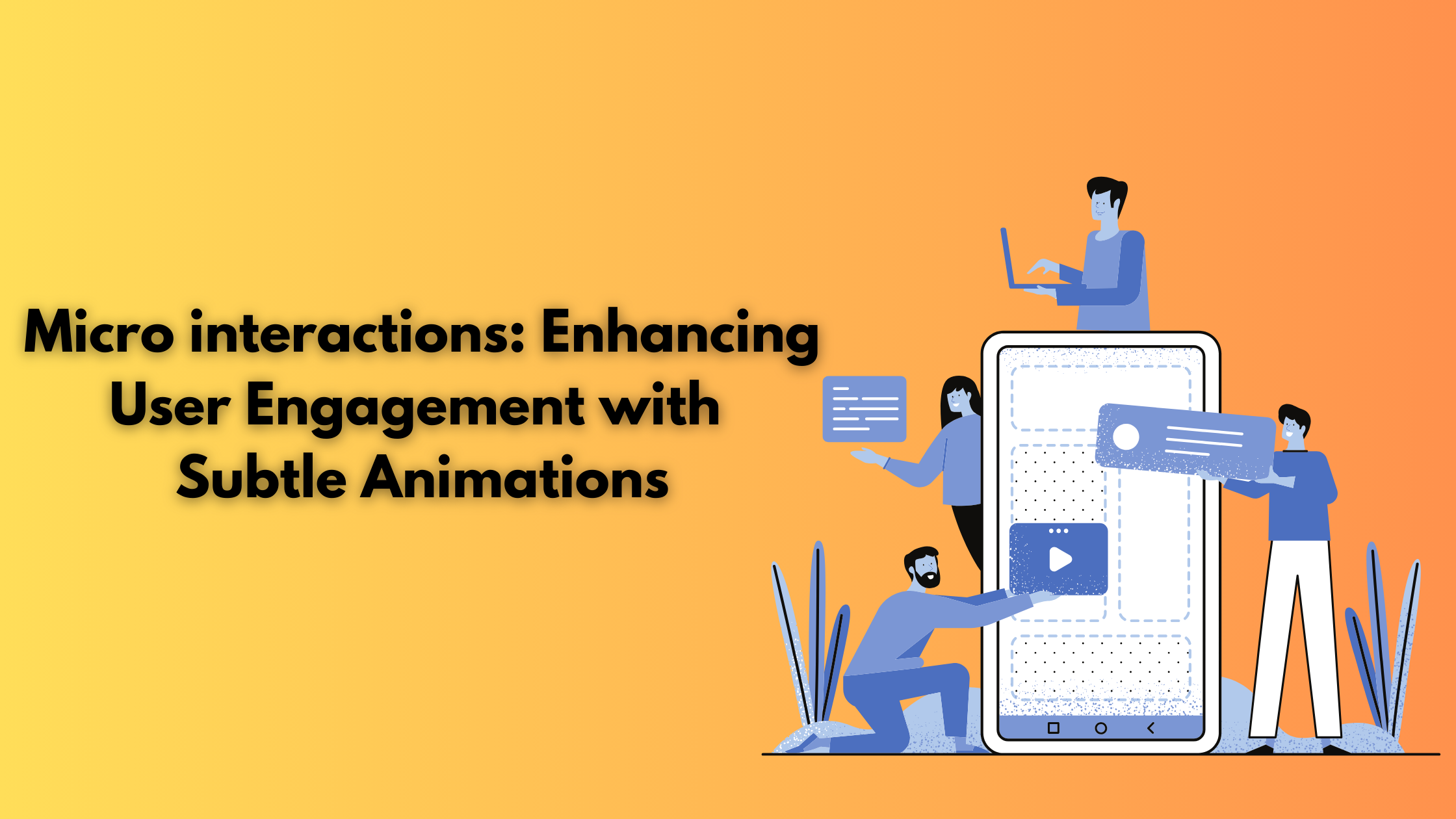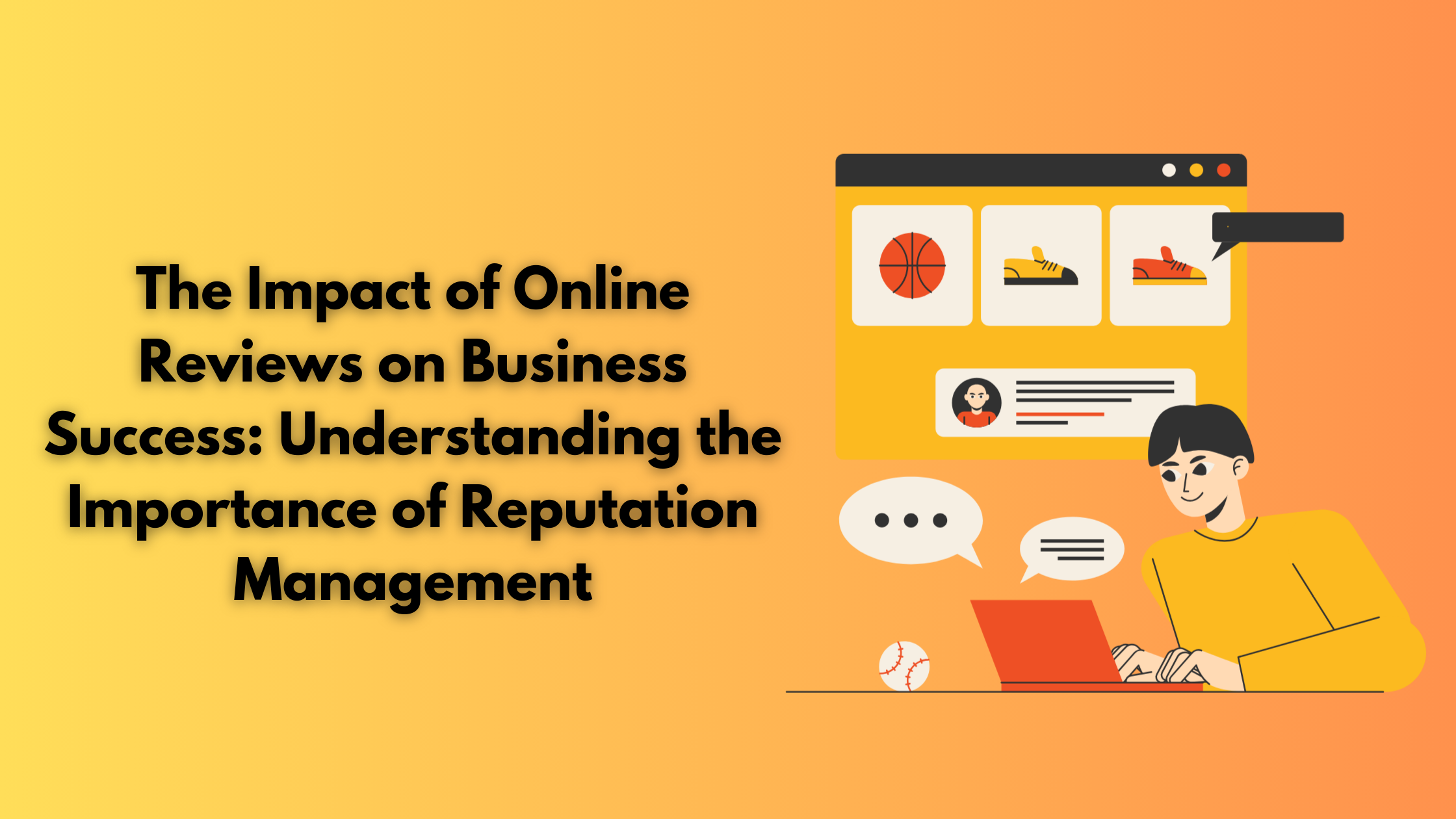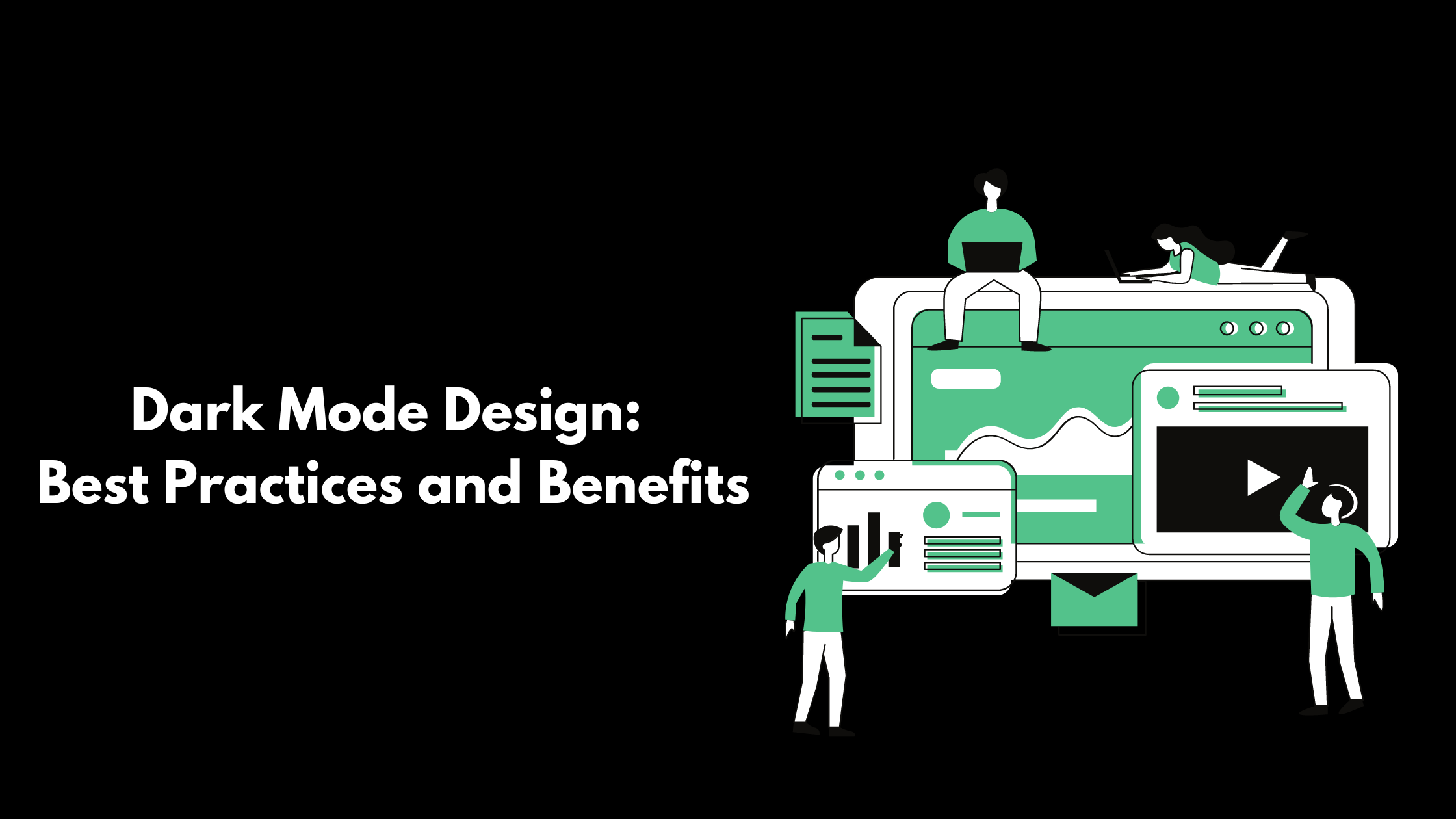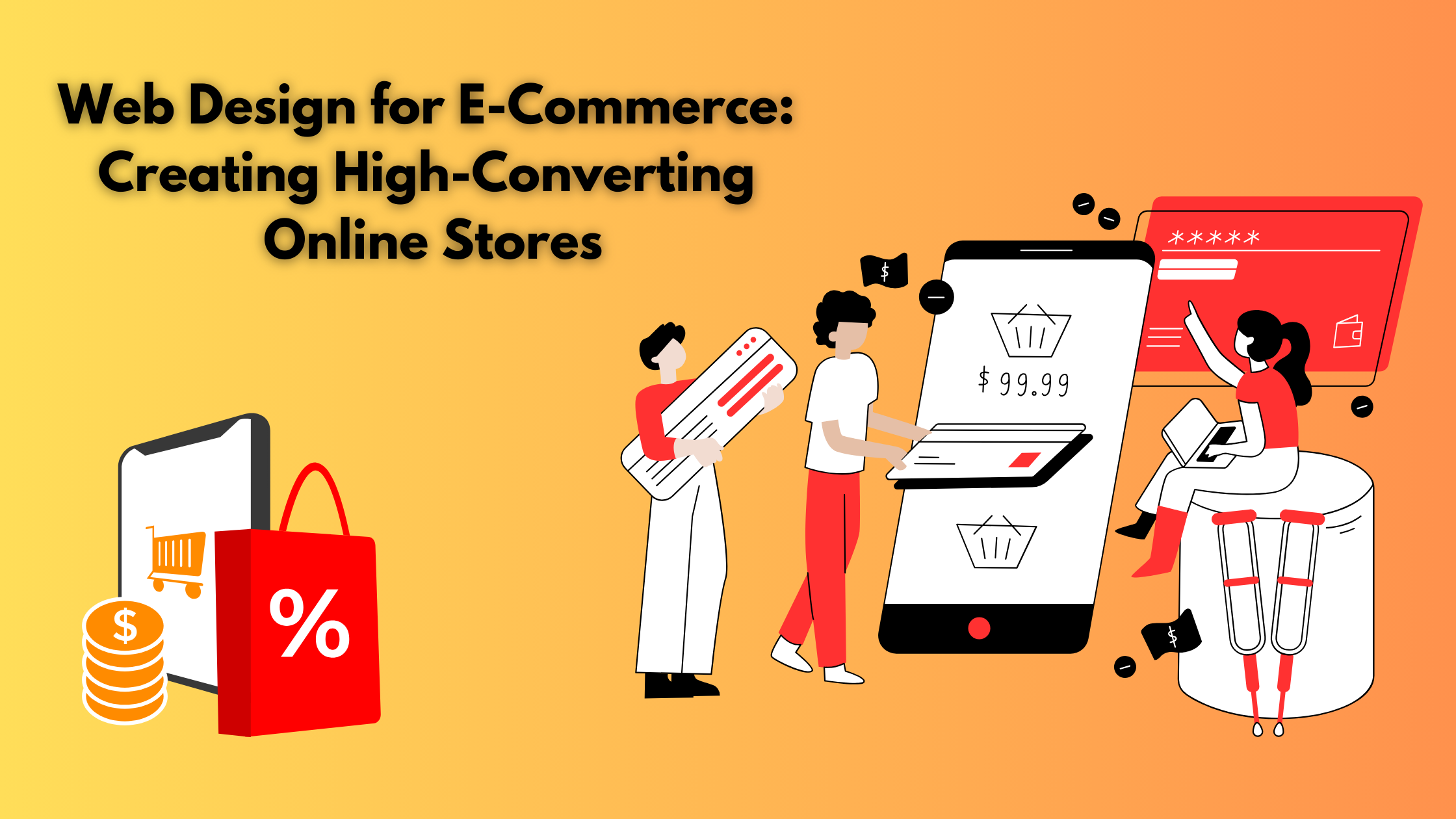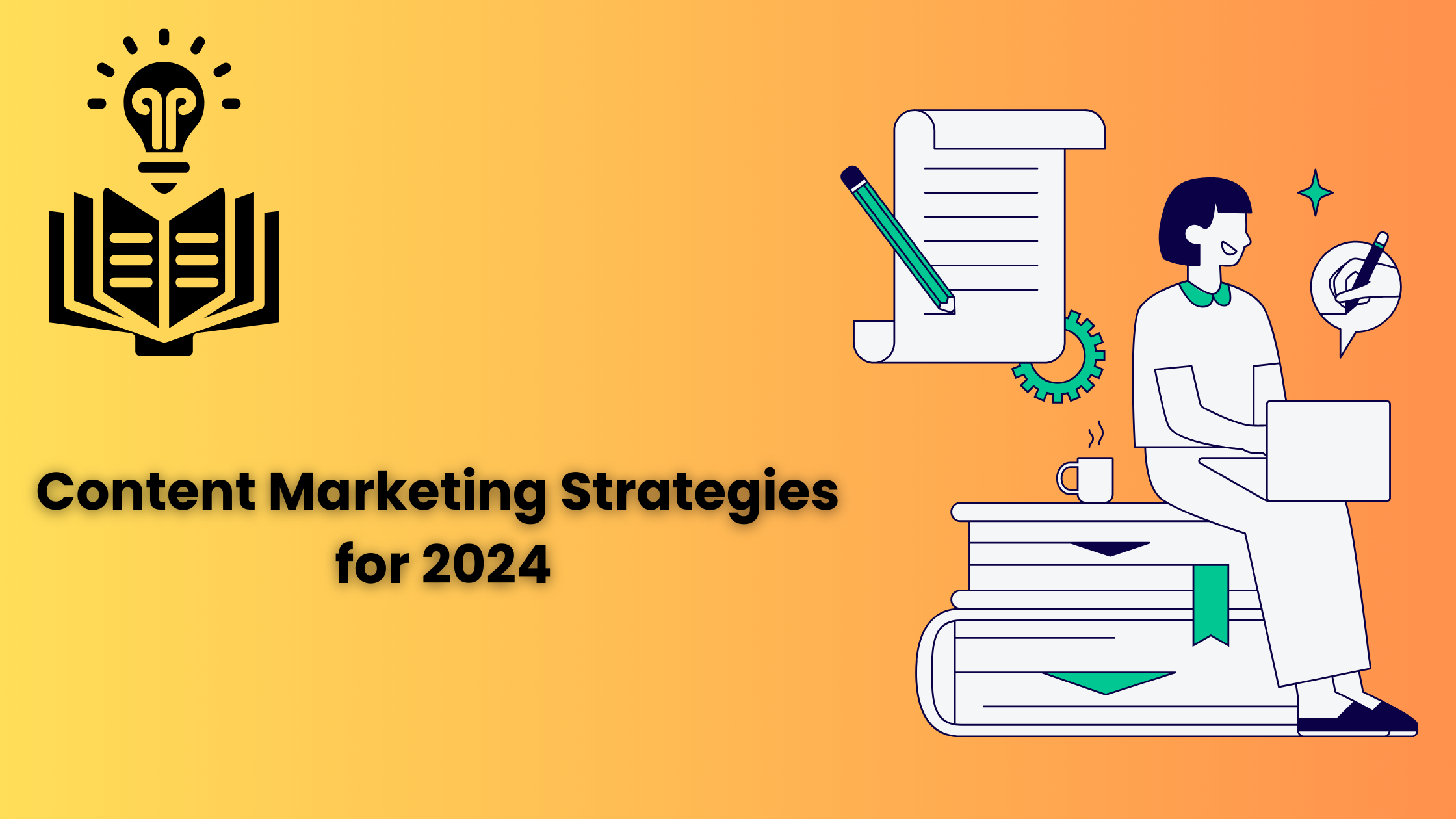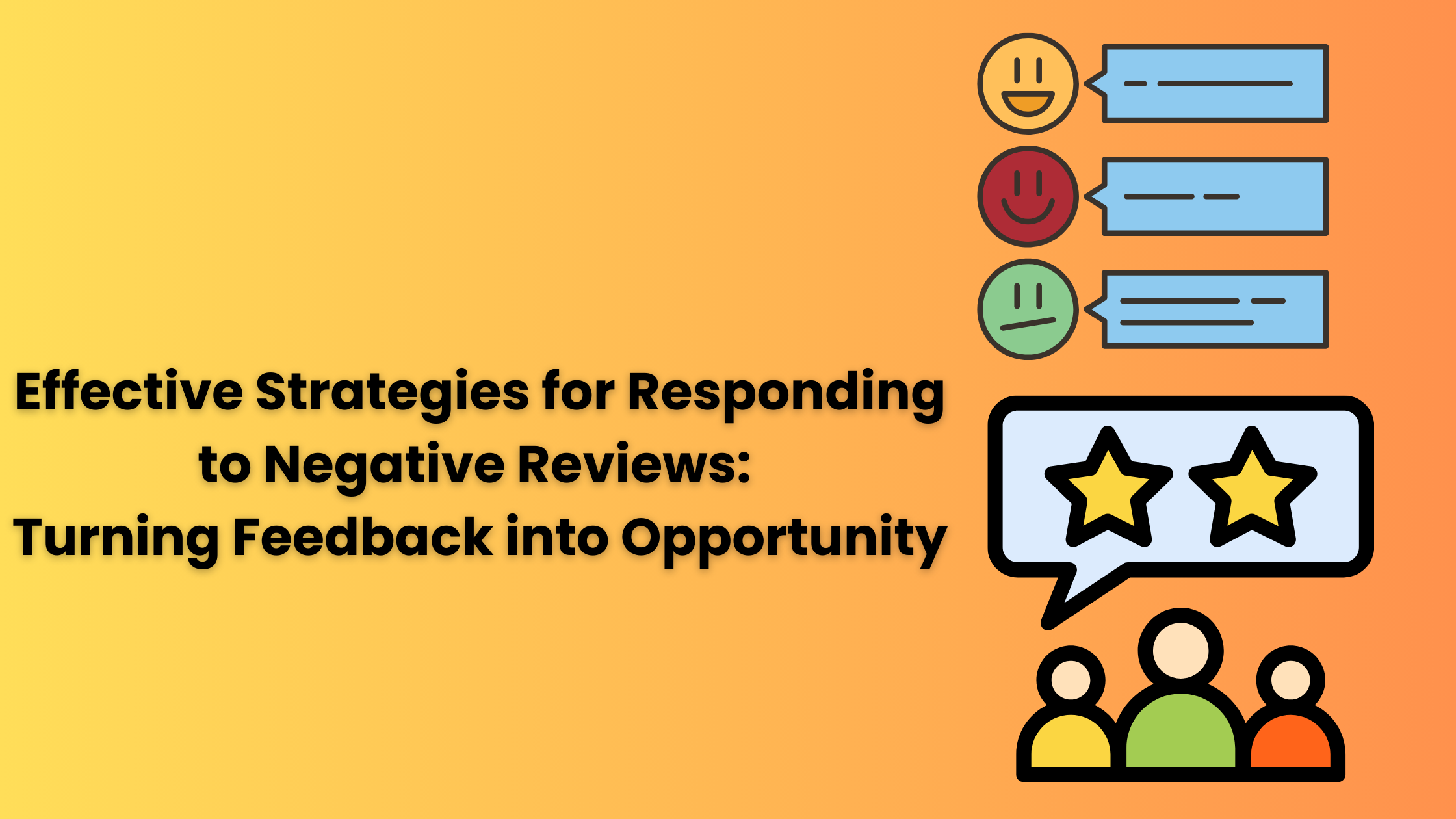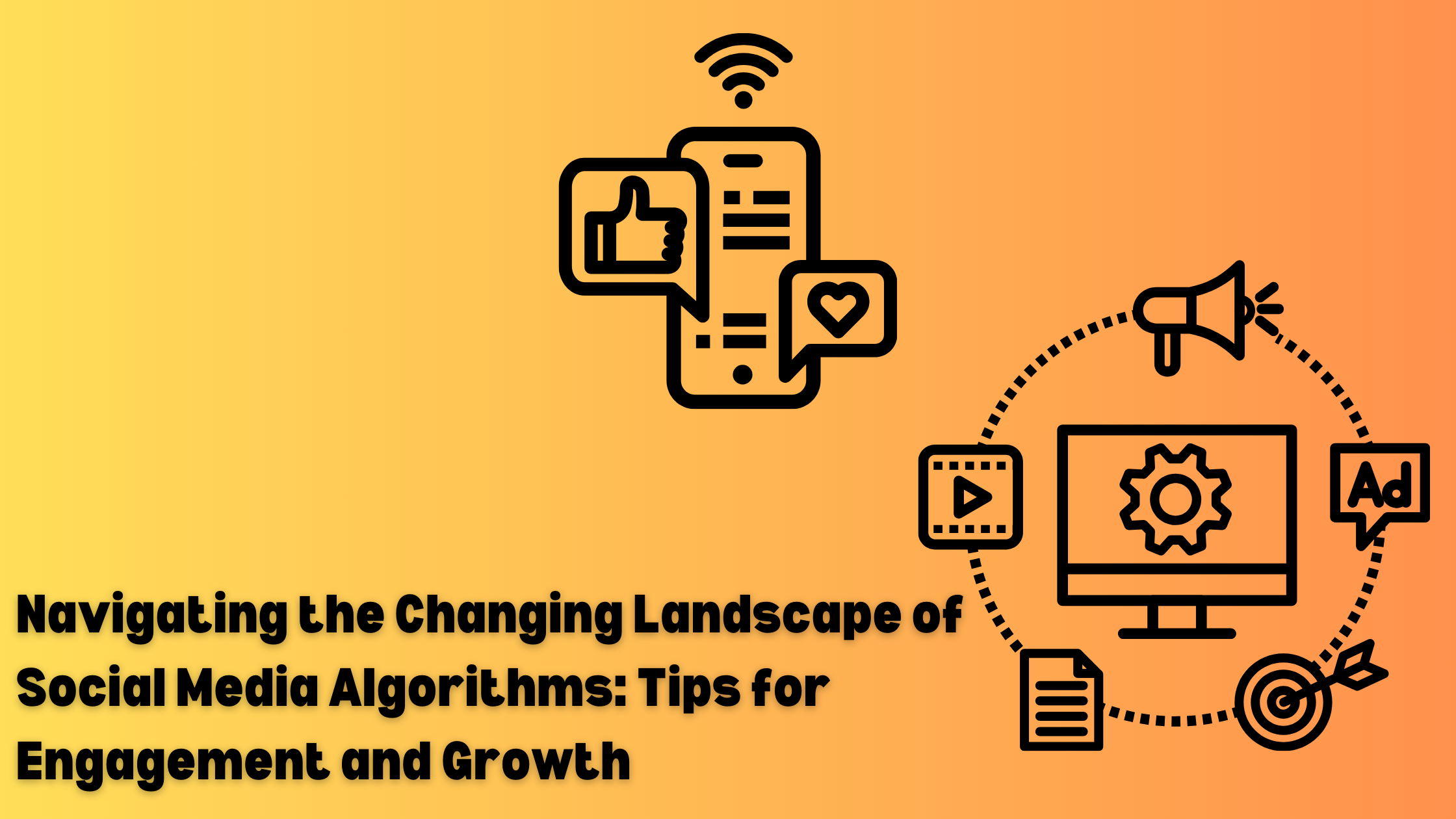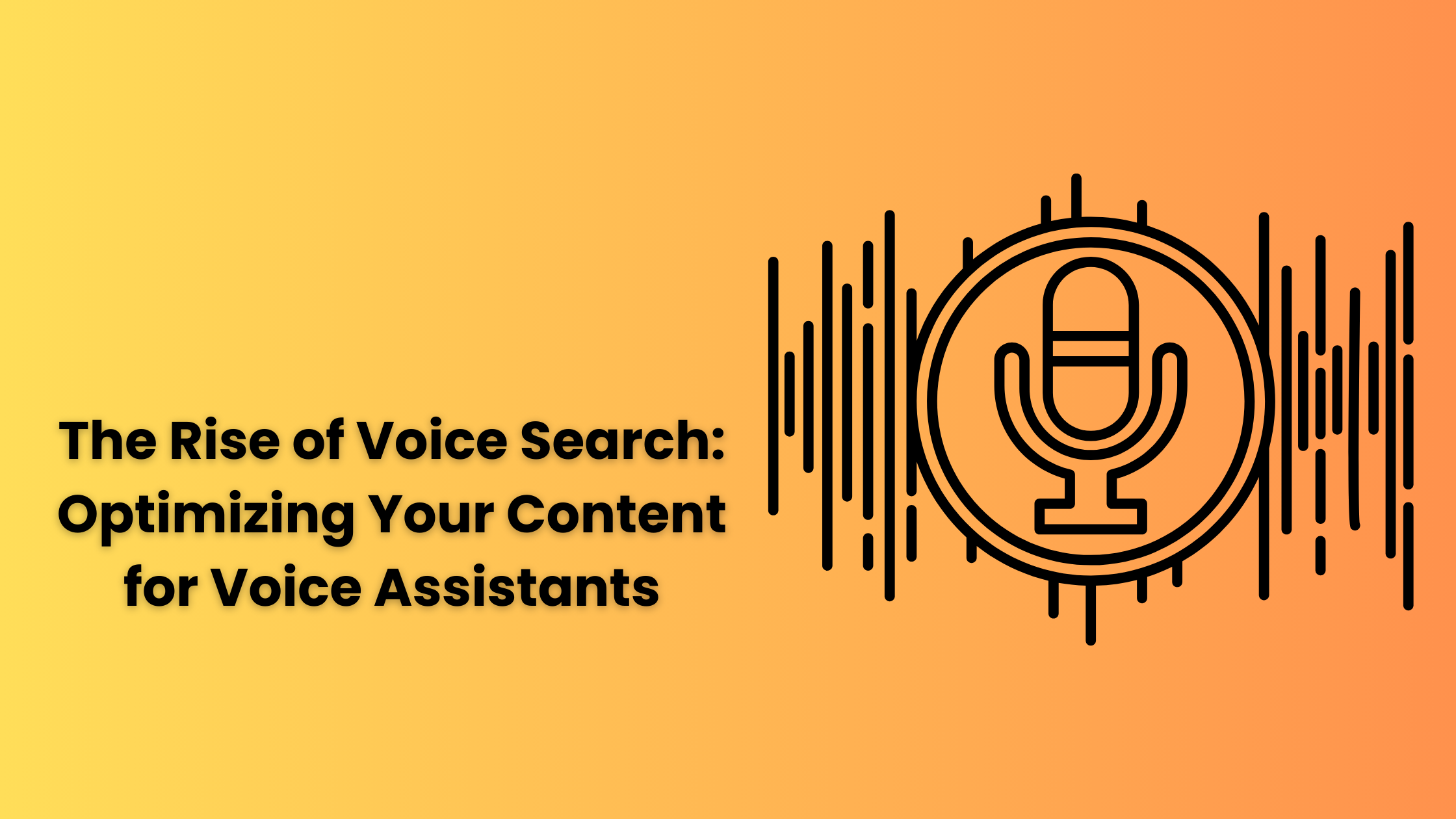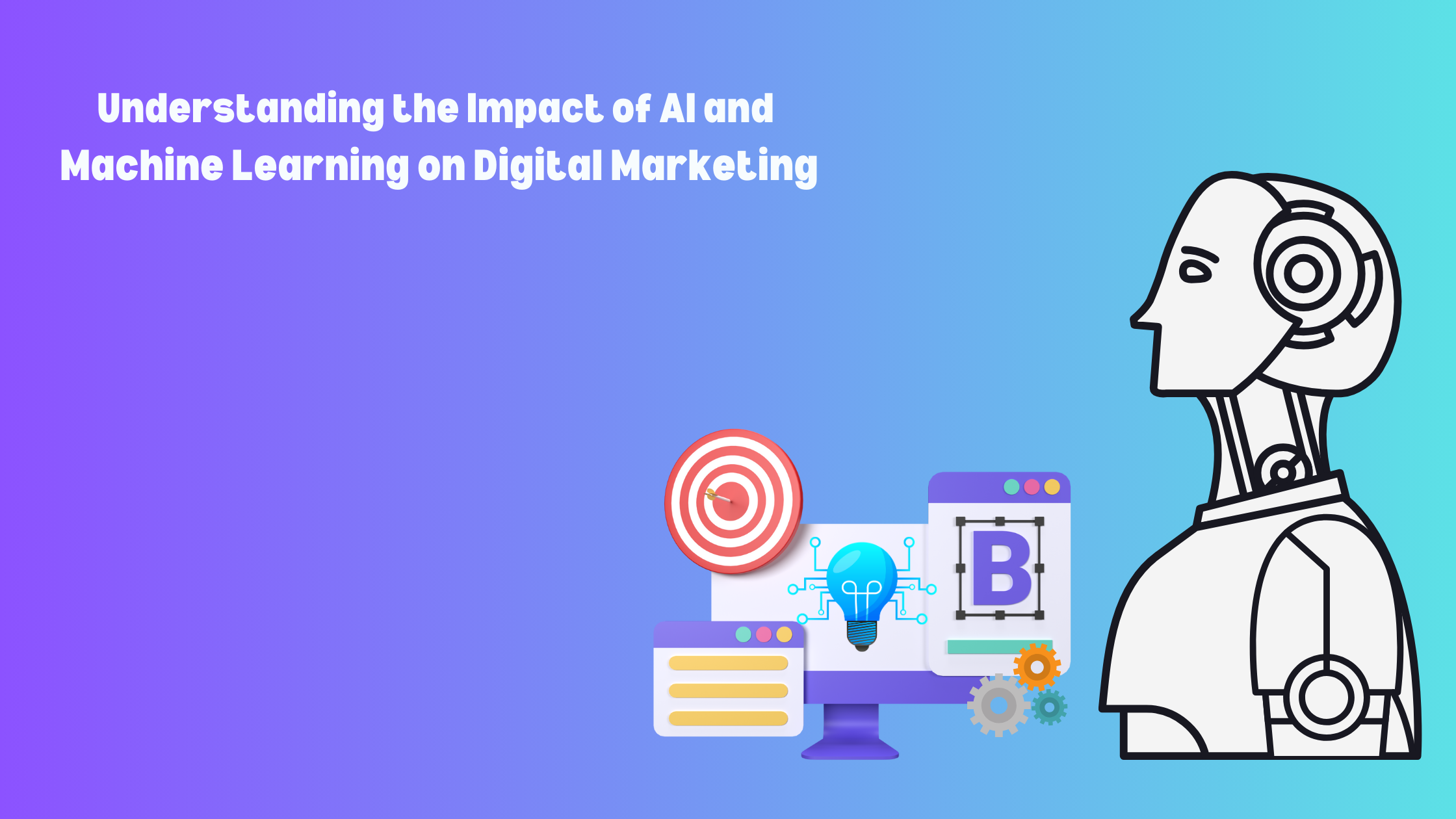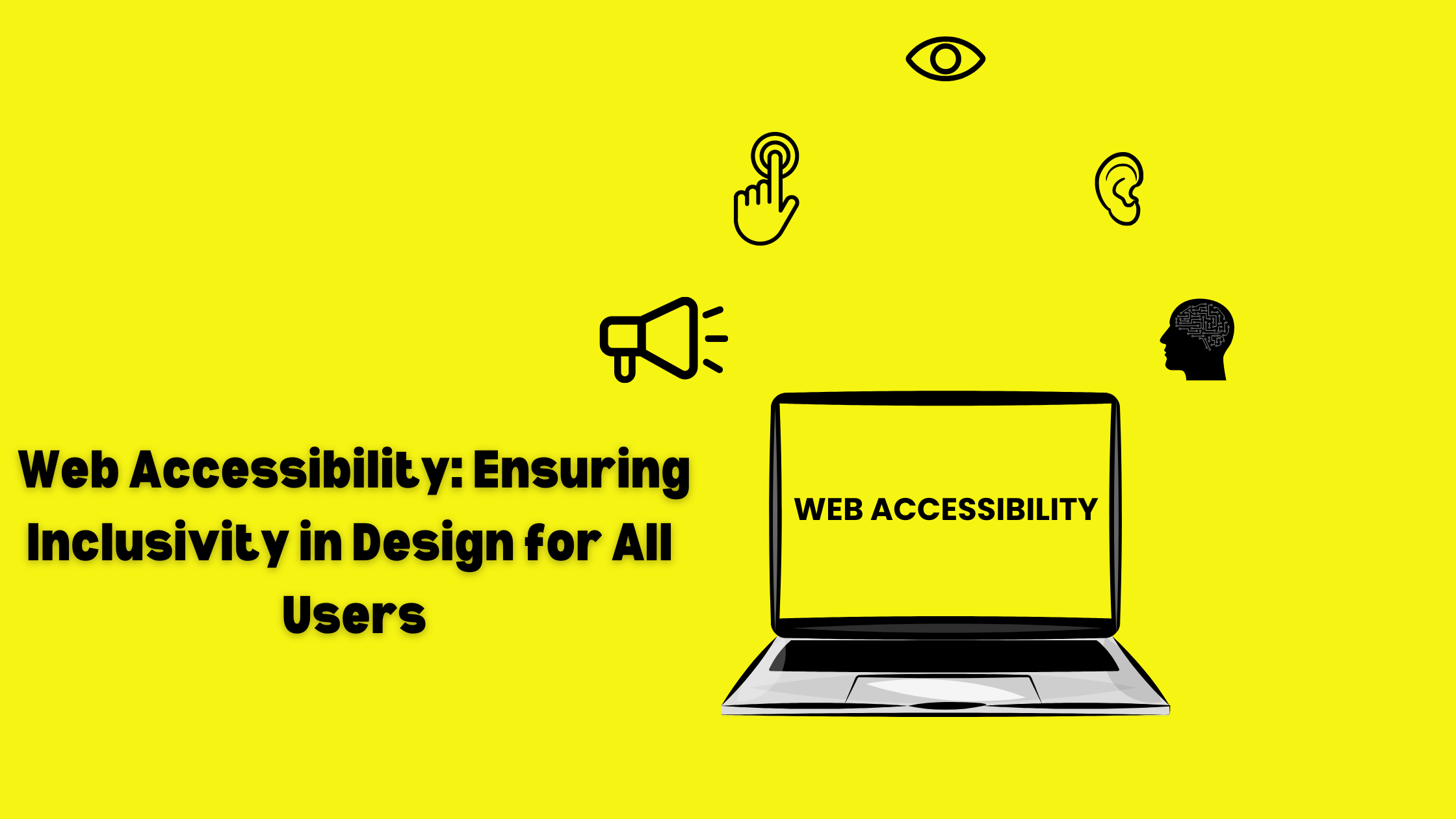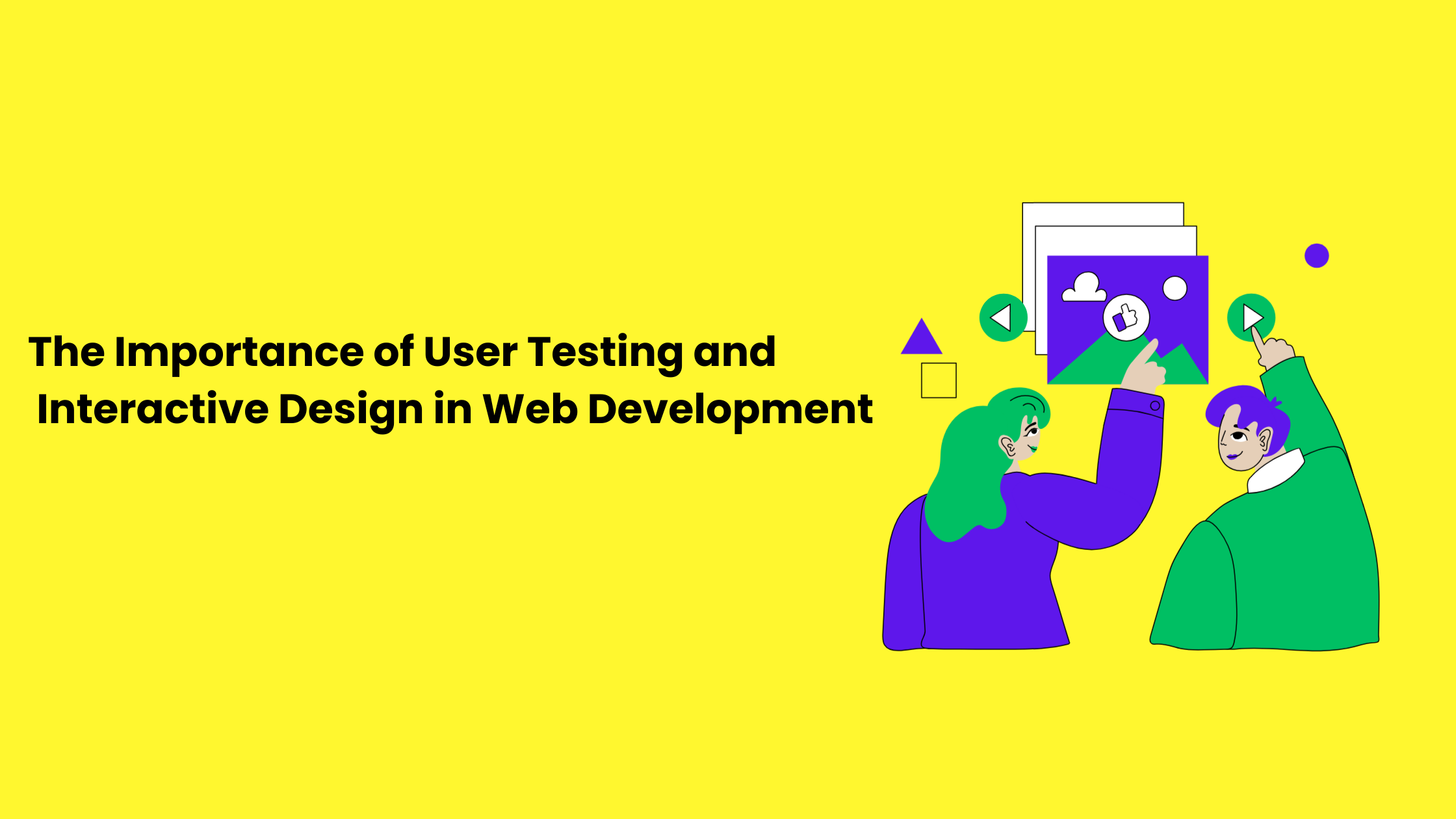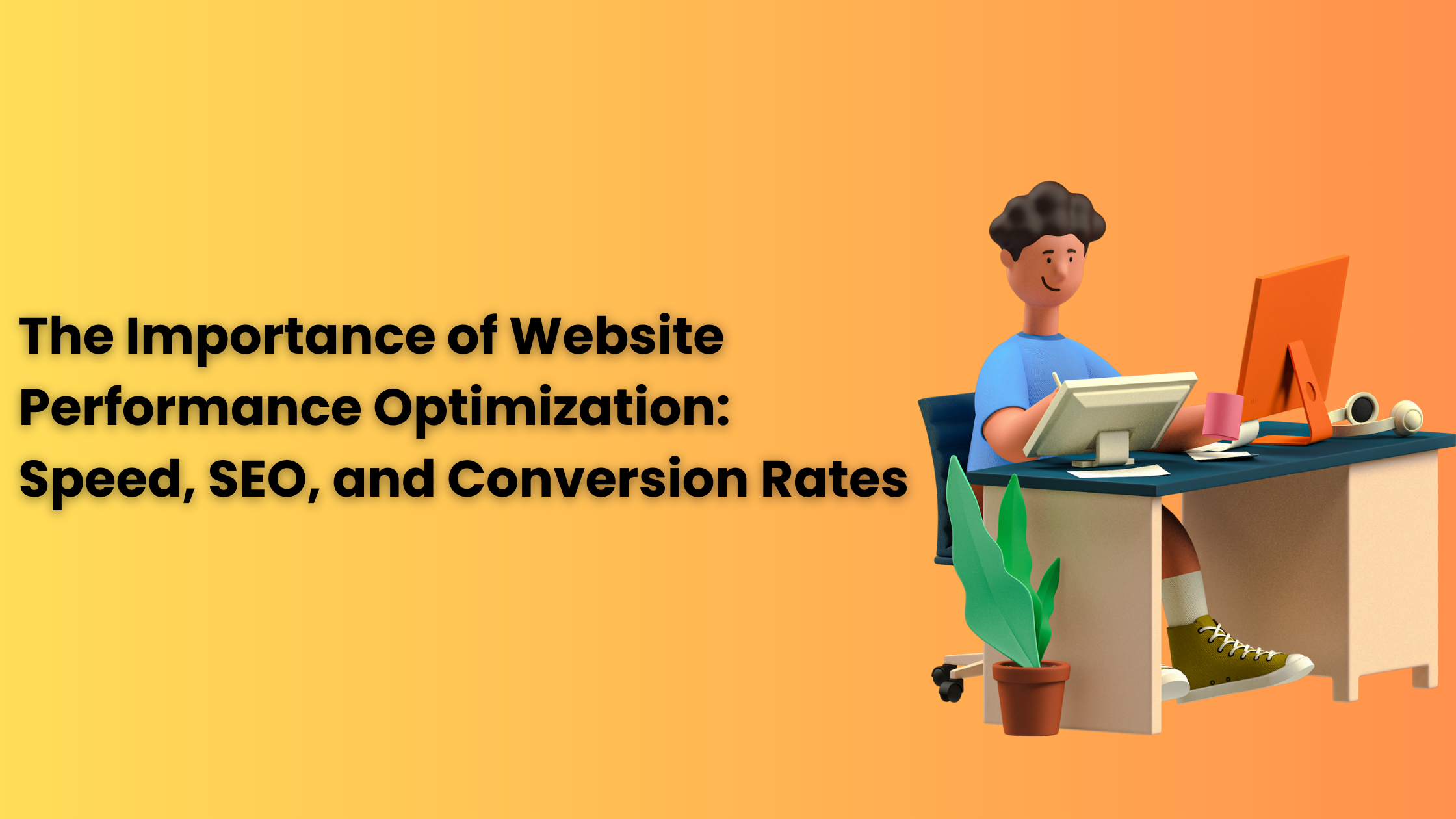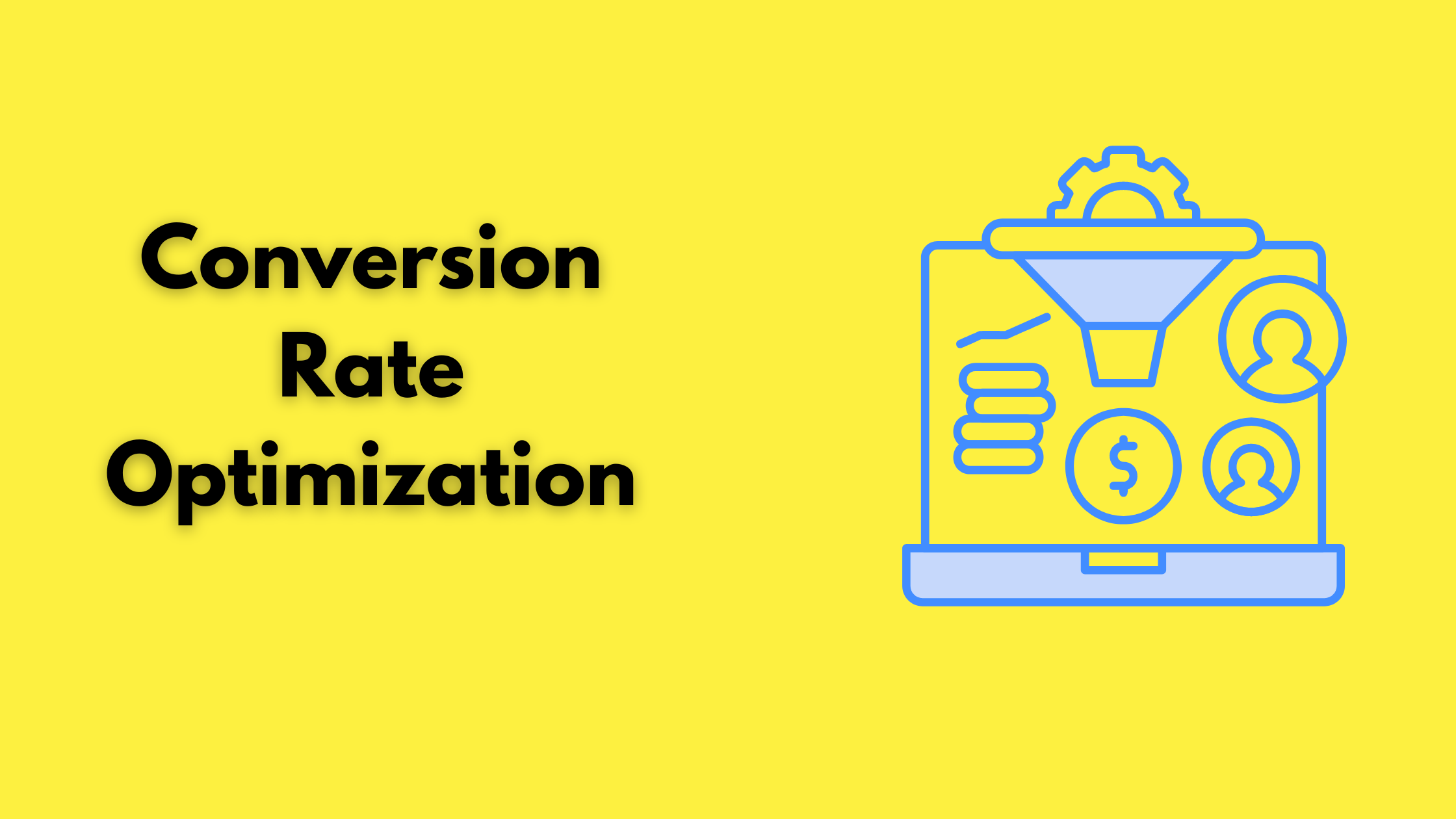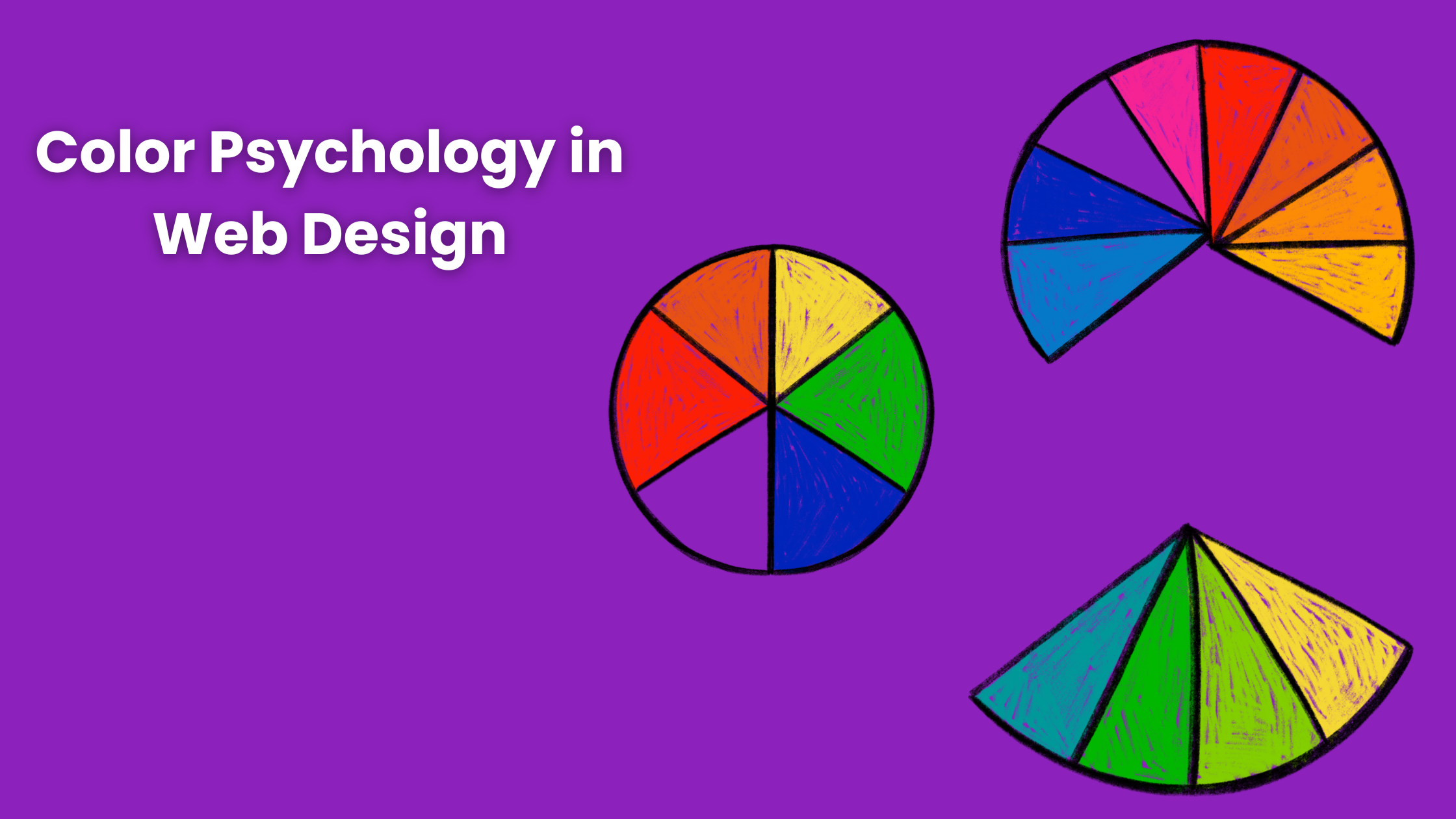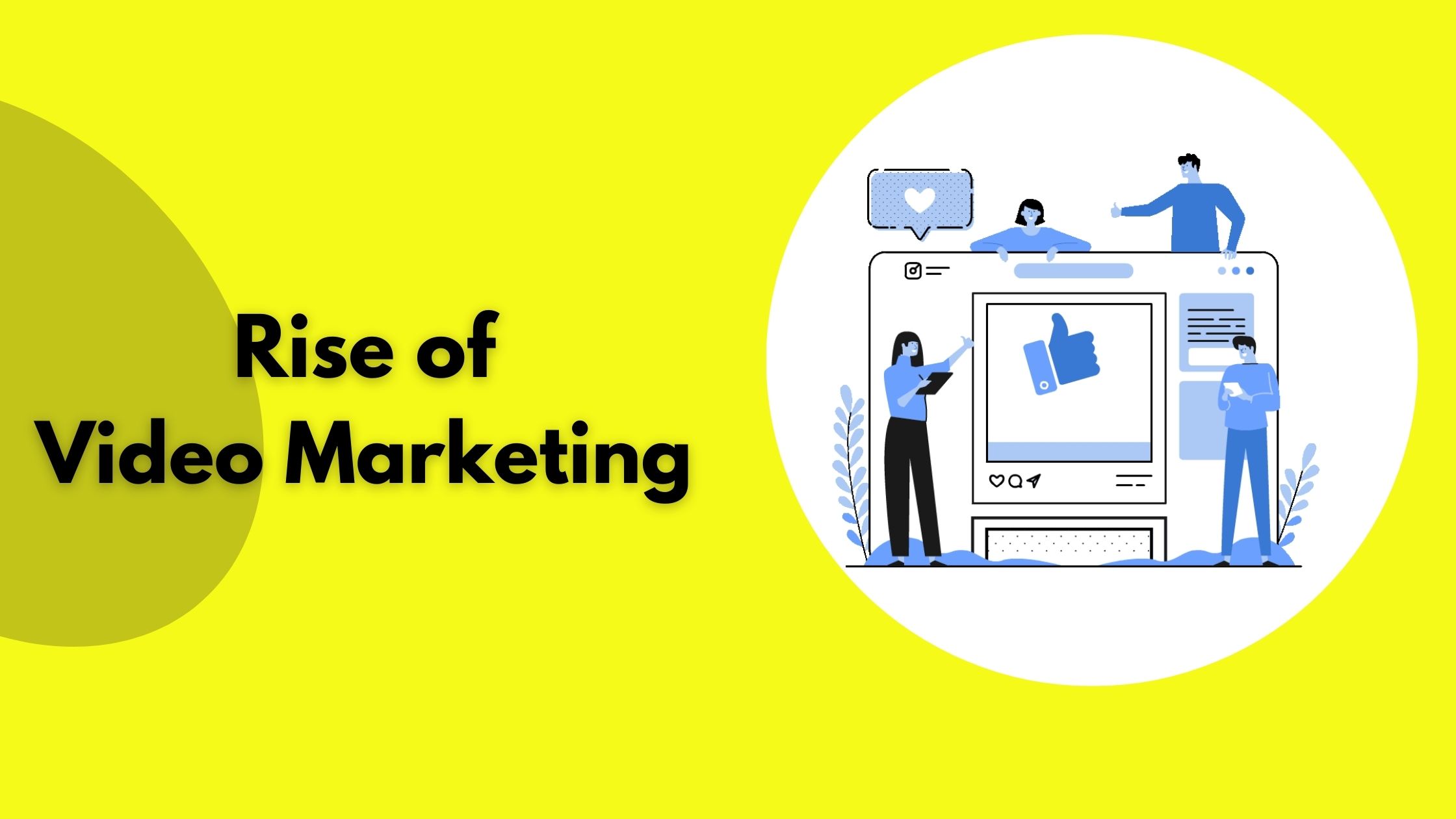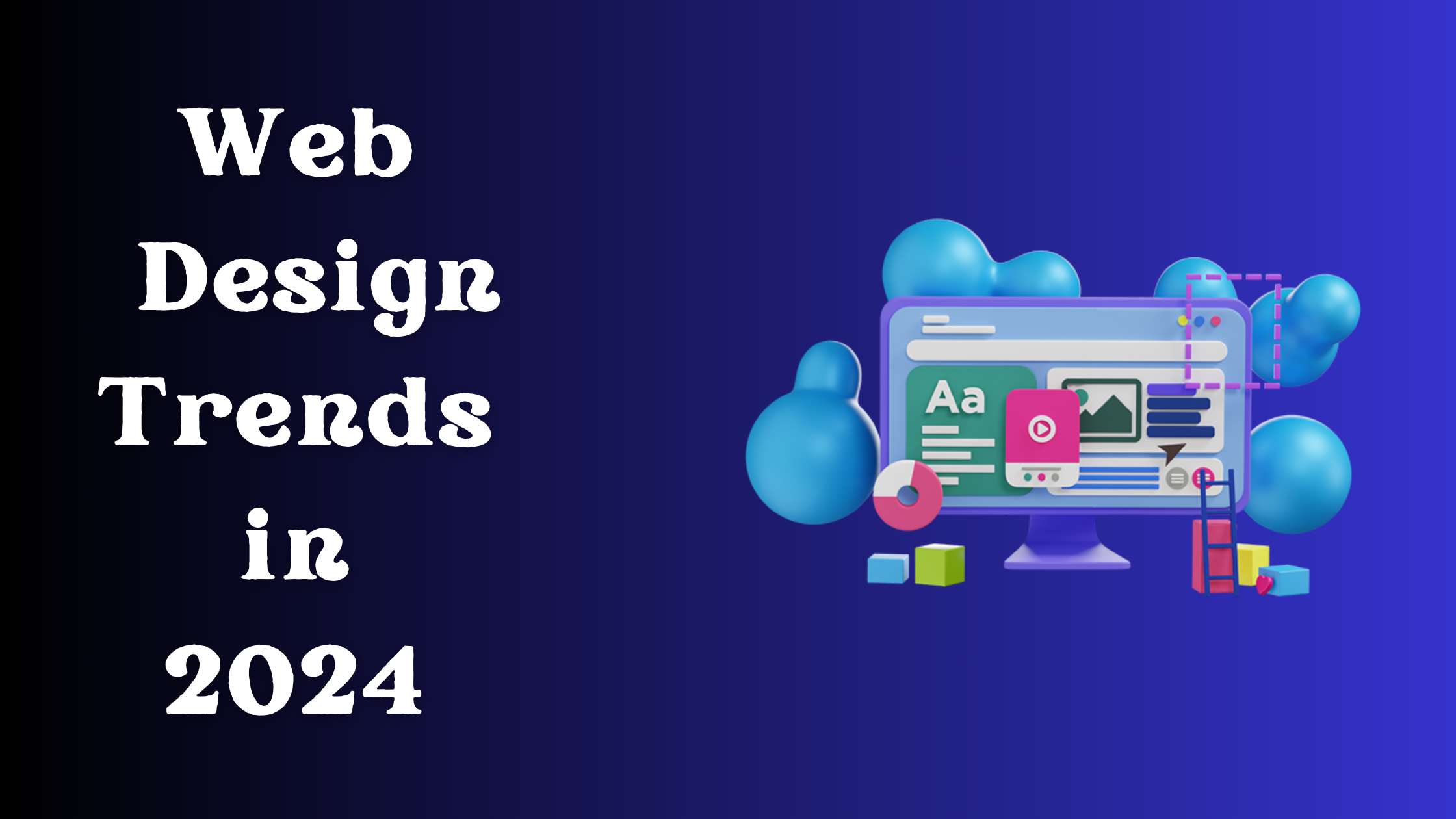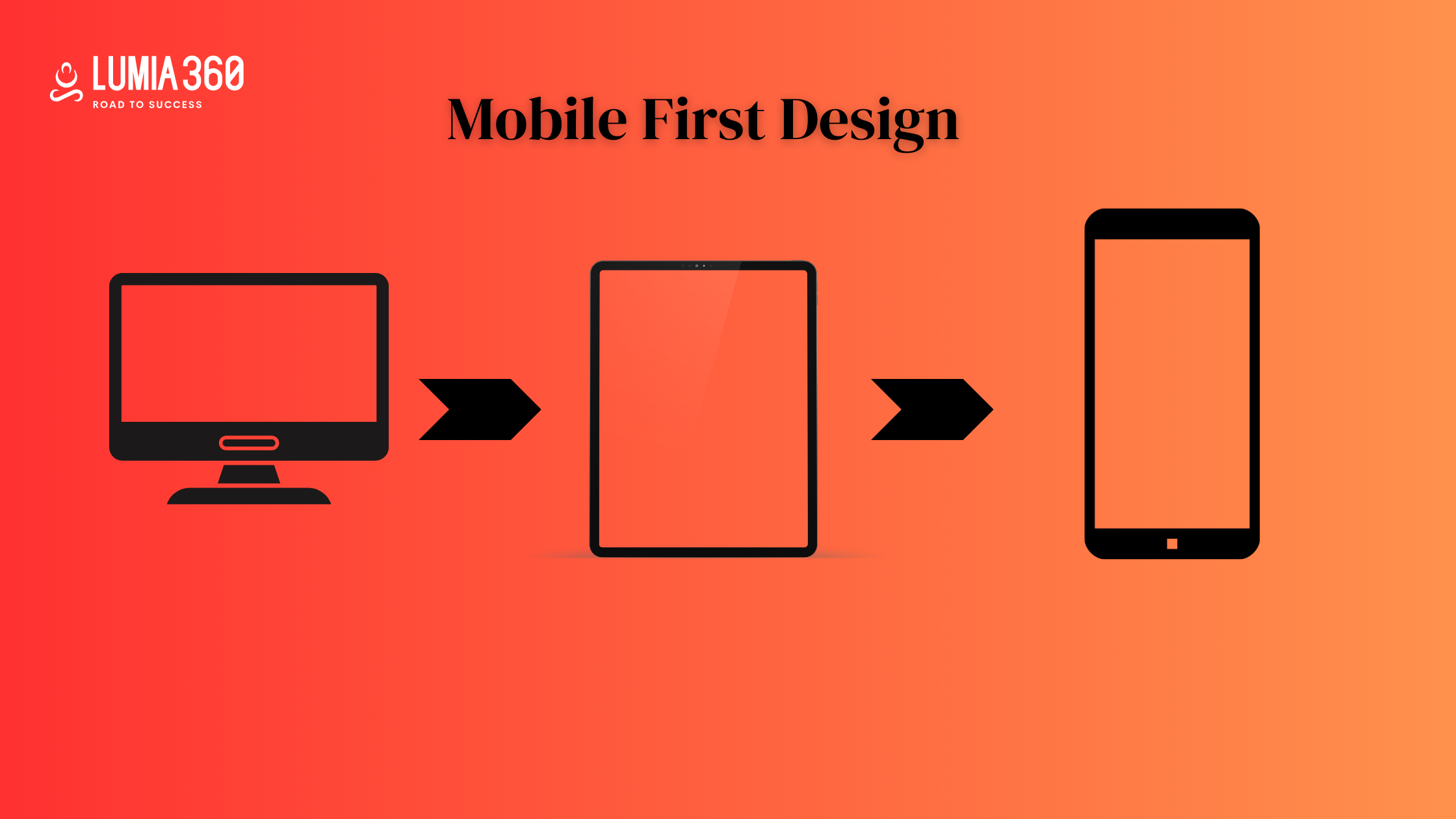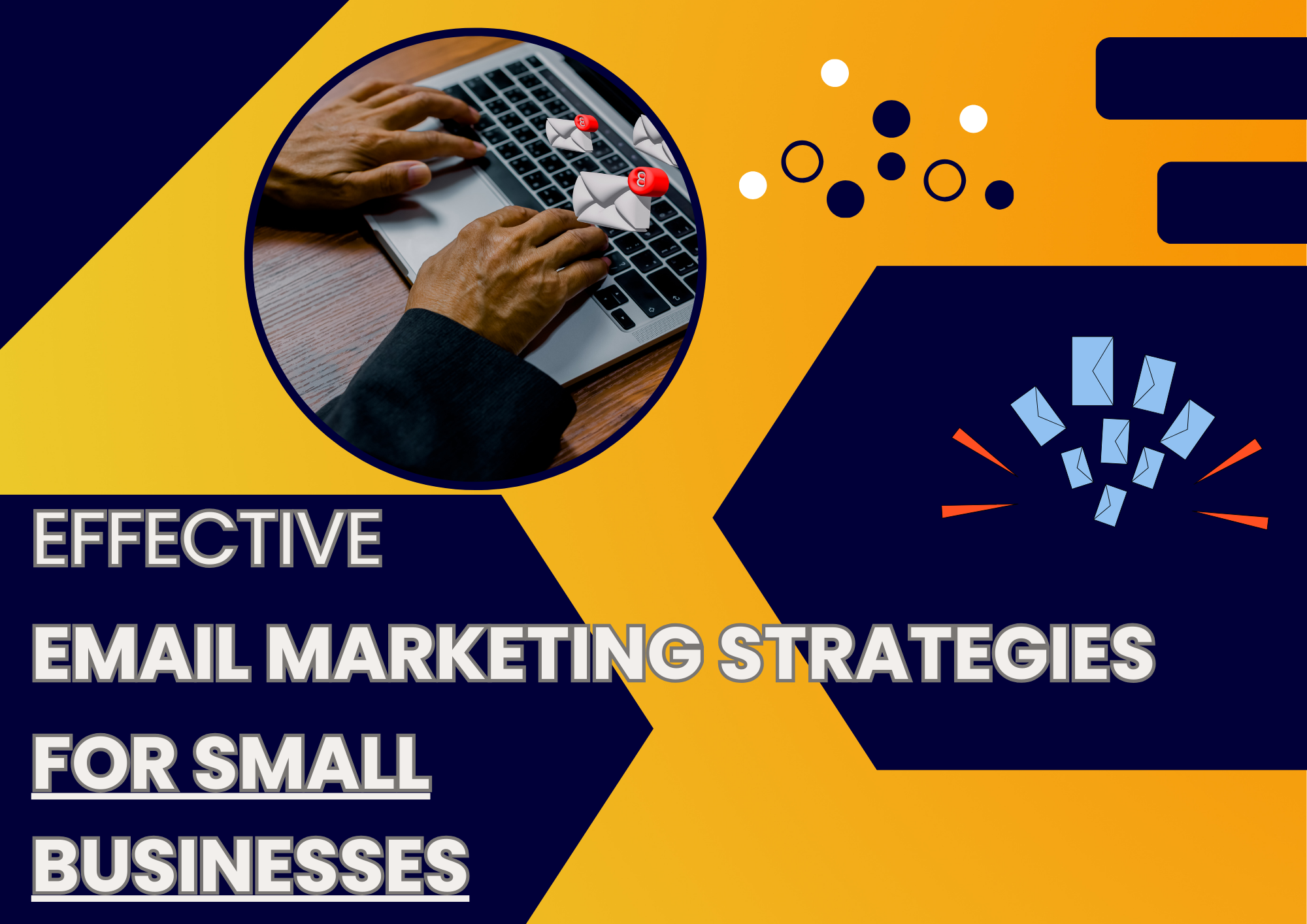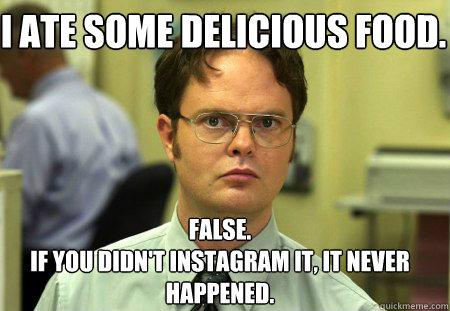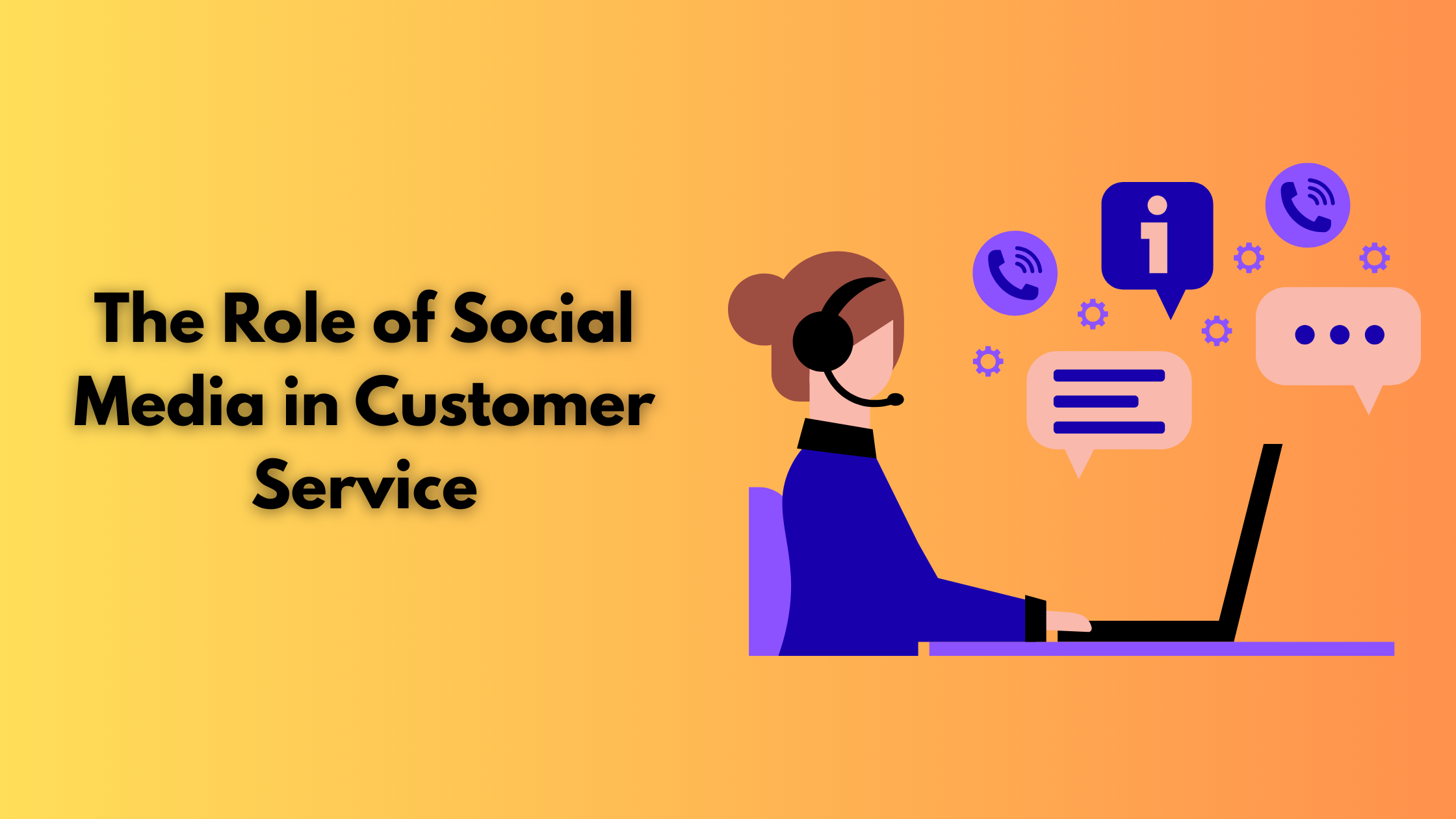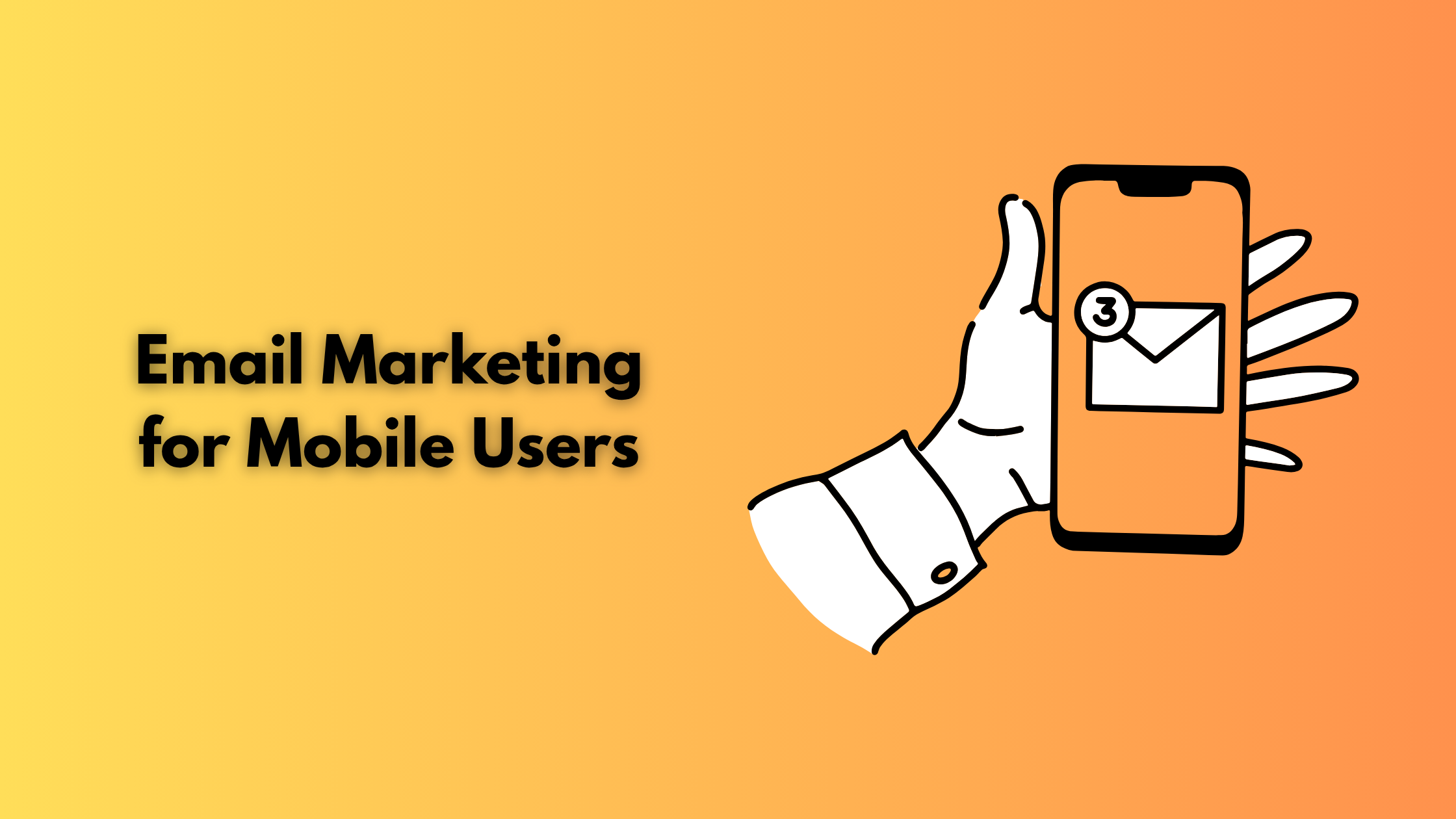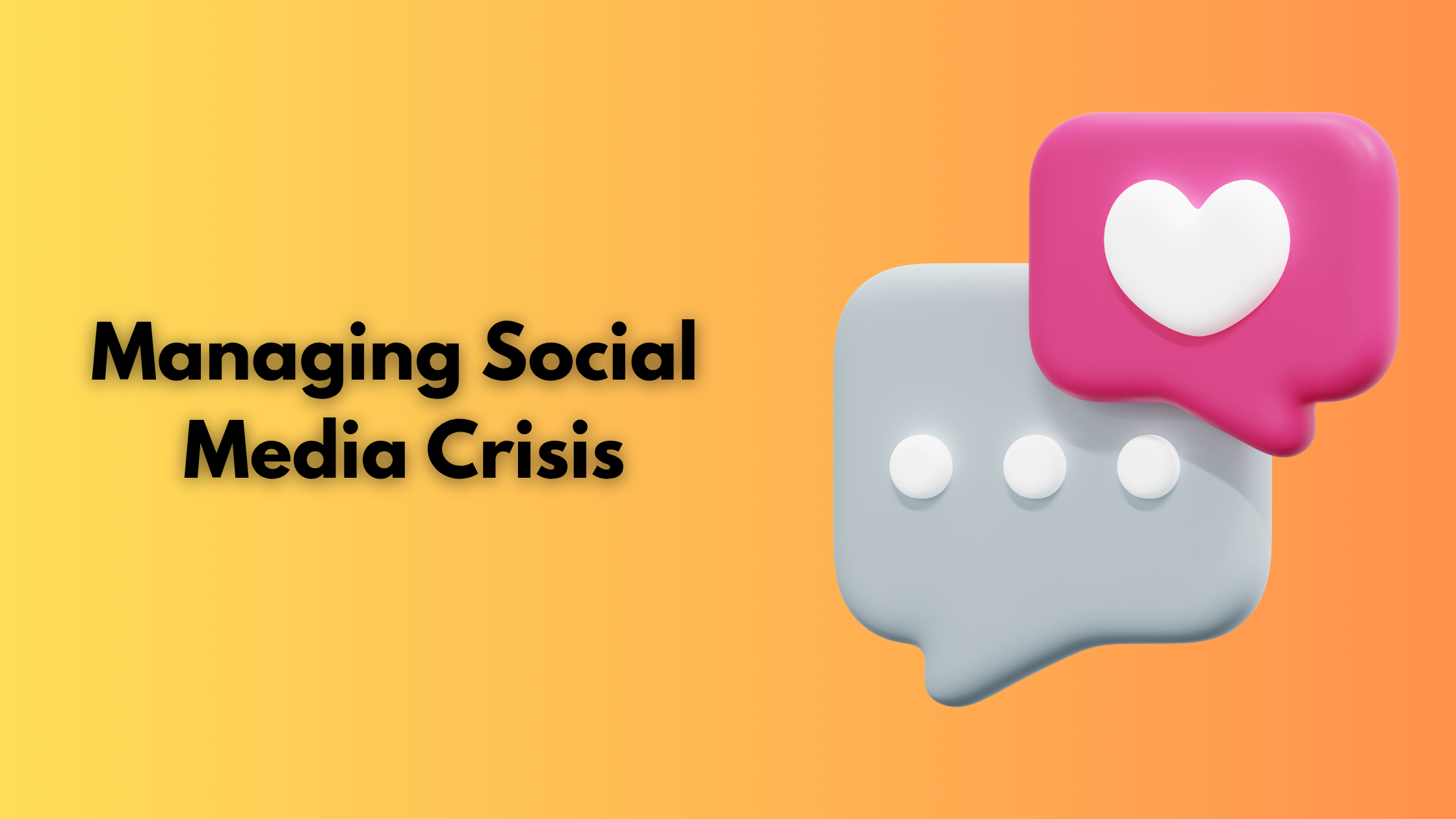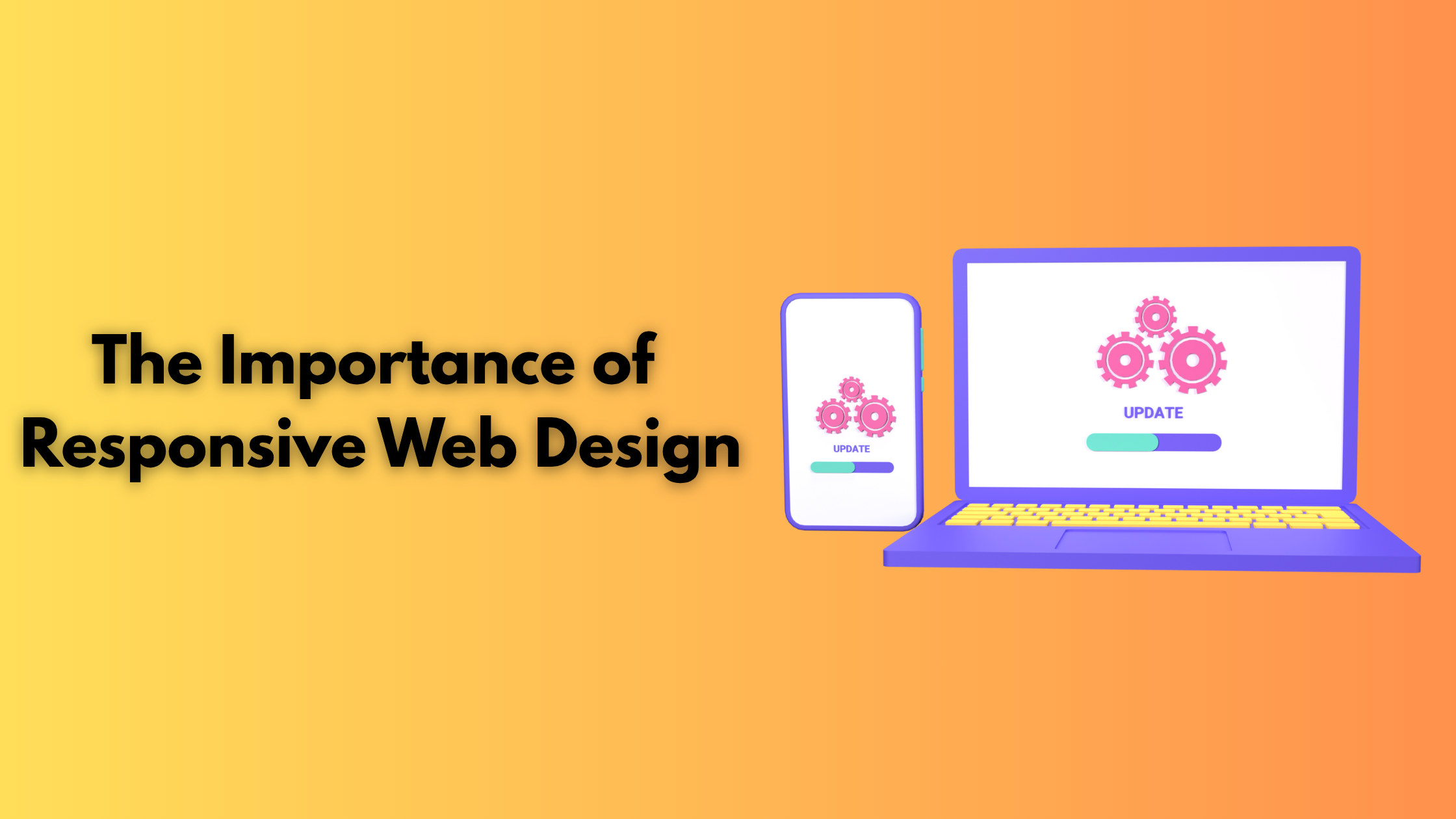
Paid ads are one of the most important elements of digital marketing. However, many people often overuse it because of the immediate result. According to a study, Global ad spending in search advertising is assumed to reach $351.55 billion in 2025. Paid advertisements can’t be executed in a rush. It requires more targeted marketing. According to a study, 90% of respondents stated that paid ads influence their purchasing decisions.
Paid ads help in driving traffic to your website and enhance your business.
By applying precise targeting, studying measurable results, and designing a strategy that can enhance lead generation, boost traffic, and improve conversion rate. Paid ads provide a cost-controlled and scalable approach to enhance brand awareness, gain a competitive advantage, and engage with potential customers.
In this blog, we’ll learn what paid advertising is, its importance, and the types of paid advertising. Also, how to create an effective paid advertising strategy!
What is Paid Advertising?
Paid advertising is an online advertising where marketers use online methods to attract more customers by paying for ad space on search engines, websites, and social media. Some of the paid ads are Pay-Per-Click (PPC), Google Ads, Google Display, Facebook Ads, X Ads, LinkedIn Ads, etc. Paid ads are very impactful because you can segment your audience and present specific ads to potential customers.
There are two billing methods that the two platforms can utilize
- CPM (Cost Per 1,000 Views): The advertiser is billed per one thousand ad impressions on a web page.
- PPC (Pay Per Click): The advertiser is billed each time an ad is clicked.
Importance and Different Types of Paid Advertising
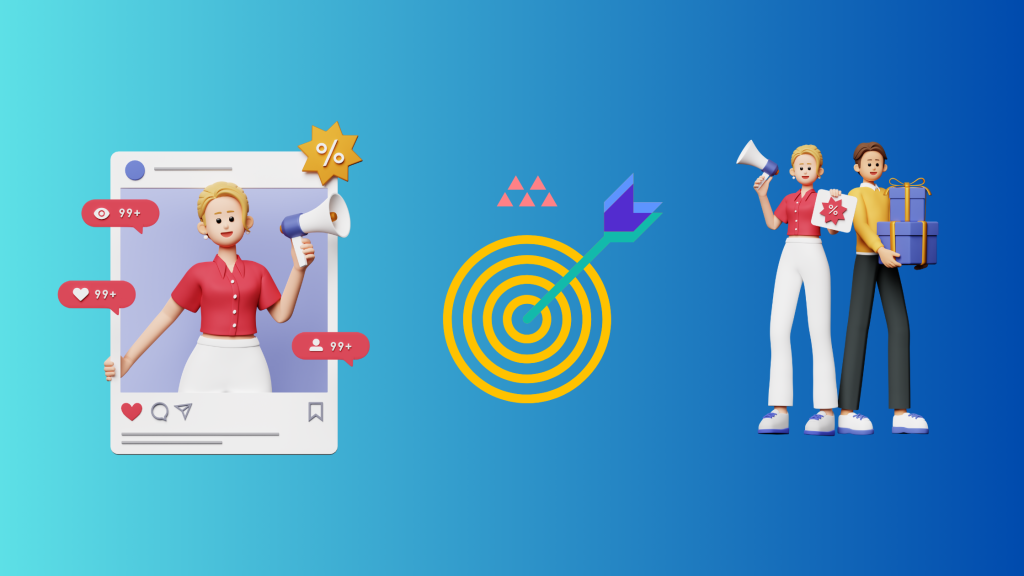
Paid advertising is very important for businesses in today’s scenario. This targeted advertising helps in expanding the customer base, improving brand awareness, enhancing conversion rate, etc. It provides important customer insights that help in making smart data-driven decisions. These ads are cost-effective and conduct remarketing ads as well. With emerging technologies, advertisers can provide a personalized experience. According to the study, 80% of buyers stated that they are more likely to purchase from companies that run personalized ads. There are many types of paid ads, such as
- Search Ads: Google Search ad on a web browser is billed either CPM or CPC. Businesses bid to appear at the top of search results for certain keywords. The few types of search ads are PPC ads, display ads, and responsive ads etc.
- Social Media Ads: LinkedIn ads, Facebook ads, Instagram ads, etc, are some of the social media ads which are billed either CPC or CPM. Businesses can run ads on different social media platforms. However, the ad format and content vary by platform.
- Banner Ads: These are visually attractive ads, which are again either billed at CPM or CPC. Businesses can put a banner on top, side, or bottom of the web page. These are generally in the shape of a rectangle that looks similar to the footer and header.
- Retargeting Ads: Retargeting Ads target users who previously visited your website or social media profiles. These ads help in reengaging users by providing similar or unique content.
- Video Ads: YouTube Pre-roll Ad plays before the viewer can watch their video. These are billed CPM.
Best Practices of Paid Advertising

Here are some of the best practices of Paid Advertising, such as
- Goals: Set measurable goals for your campaign. These goals can be increasing traffic on websites, lead generation, etc. Setting clear goals helps in prioritizing your tasks.
- Target Audience: Identify your target audience and tailor your ads accordingly. Also, select an appropriate platform that is relevant to your target audience. Also, make sure you select an ad format that suits your goals. Segment your audience accurately so that you can provide a personalized experience to them.
- Mobile Optimization: Optimizing your ads for mobile devices will increase your reach and ensure that you provide a smooth user experience.
- Tracking Metrics: Continuously monitor and analyze key metrics to understand the performance of your campaign. It helps in understanding how effective your ad campaigns are. You can adjust your strategy and ad campaigns based on this data.
- Budget: Allocate your budget across all campaigns, ad groups, etc, effectively. Select a bidding strategy that aligns with your goals, such as cost-per-conversion (CPA), cost-per-click (CPC), etc.
- Different Formats: Test different formats to understand what works best for your brand. Test different elements such as headlines, images, call to action, etc, to figure out which element and format works best for you. Use high-quality images and videos to grab the attention of the audience. Conduct A/B testing for better results.
There is no one-size-fits-all approach for paid advertisements. There are many possibilities, types of paid ads, platforms, etc, to choose from. But you have to make a firm decision and focus on one or two. Don’t let these many options dilute your message. With paid ads, you can customize your brand and message in any way you want and test. Lumia 360 provides digital solutions to small and medium businesses. We design personalized paid ads for better targeting, lead generation, and enhancing sales. We specialise in creating ads for social media and Google. Our ads have proven to be successful for our clients. If you want to know more about our services, email info@lumia360.com or call us at 514-668-5599.
Read Also: How to Measure the Success of Your Social Media Campaigns
Read Also: The role of Budgeting and Resource Allocation in Digital Marketing



